-
Posts
2.332 -
Joined
-
Last visited
-
Days Won
60
Posts posted by Sundiata
-
-
@Lion.Kanzen Woooow.... Supernice!
Only remark is that you should try to get the white crown of Upper Egypt, on the left cobra on the crown, to be white. Other than that, marvellous!!!
I'll try to trace some more reliefs for you to play around with, but it will take some time...
-
 1
1
-
-
@Lion.Kanzen Another possible variation?
-
The top, horizontal horns on the crown, represent ram's horns, but it's part of the crown, so it could either be grey'ish or gold, like the rest of the crown.. So whatever you think is best.
It's a horned ram, with a ram's horn crown...
-
@Lion.Kanzen That's the jpeg I just used to make this one. Is it ok? Feel free to change to your taste.
Just use the jpeg, because apparently I made some minor alterations to jpeg but not the png, making it more usable.
-
Give me 15min...
-
@Lion.Kanzen nice... Perhaps make the curved ram horn grey/silver, and the horizontal horns of the crown should also be gold, I think, as it's part of the crown itself.
Maybe the necklace could have a mix of colors like this:
-
The Kingdom of Kush: A Kingdom of Gold!
Boston Museum of Fine Arts collection
I have recently made major breakthroughs in my research of ancient Kush during the Meroitic period. I have spent the last weeks going through literally thousands upon thousands of museum entries in the archives of the Museum of Fine Arts in Boston, the fourth largest museum in the United States. The things I found profoundly shocked me... I found the largest collection of Meroitic period artefacts I've ever seen, including jewelry, household objects, weapons and many other things, produced by Kushite artisans, using gold, silver, bronze, iron, stone, ceramics, & faience.
The level of artisanry demonstrated by the people of Meroitic Kush, far exceeds anything you've ever seen from them! In fact, it rivals some of the finest pieces from other major civilisations in classical antiquity. These people were not only extremely wealthy, they were highly skilled in the many arts of the ancient world.
Most of these objects were excavated in the 1920's by Harvard University and other research institutes, in and around Meroe and Gebel Barkal. They were subsequently buried in the archives of the Boston Museum of Fine Arts, where they remain buried until this day. Many of the objects haven't even been photographed yet, and those that have, are poorly tagged and organised, making international exposure to these objects almost non-existant...
I will be highlighting the finest pieces from this collection over the next few days, beginning today, with the Gold of Kush.
Meroitic period Gold from Kush:
(Feel free to download and zoom in on these images, to appreciate the details on these 2000+ year old objects)
SpoilerA large variety of Meroitic period golden bracelets, earrings and armbands:
Meroitic signet rings, used to leave an impression in sealing wax. They were used as stamps of authenticity on official documents. Residue of the red wax that was used can still be seen in some these examples:
Golden sheet of a staff, and Wedjat (Eye of Horus) amulet
Golden hippopotamus amulet and Wedjat
"Gold section of bow sheath" Apparently these people even decorated their bows with gold.
The source for all Meroitic period objects in the Museum of Fine Arts, Boston:
http://www.mfa.org/search?search_api_views_fulltext=meroitic+
The source for all Meroitic period Kushite gold in the Museum of Fine Arts, Boston:
http://www.mfa.org/search?search_api_views_fulltext=meroitic+gold
-
 1
1
-
-
I created a (traced) outline of the god Amun, based on the Meroitic period relief of Amun on the Lion Temple in Naqa. It shows a uniquely Meroitic combination of features, making it the ideal reference: a ram's head with accentuated eye-brow, scaled head-dress, double tall falcon tail feather crown of Amun, with sun disk and uraei and horizontal ram's horns.
Quick jpeg version to show the ideal frame:
The png version
The reference:
I'm curious to see what you'll make of this. The possible colors for use are blue (azul and dark-blue), red, yellow, green, gold and brown, green blue or black for the Ram. I think the eye is supposed to be red.
-
 2
2
-
-
Gladly, but I can't tell how long it will take. Do you want me to provide you with an updated outline psd file, so you can do the coloring/texturing?
-
The Kingdom of Kush: Miniatures for Wargames (Units)
In this post, I will present a collection of miniature figurines of Kushite/Nubian units designed and made for a variety of miniature wargames. The units represent many archaic Kushite units, but also from Meroitic Kush. The archaic units are somewhat stereotyped varieties of ancient units but they're still quite accurate. Every single one of them would have been present in the Meroitic period, and they're good reference stuff for basic units in 0 A.D. The unit types represented here are: (a lot of) Archers, Spearmen, Swordsmen, Clubmen, Cavalry (spear-cav and standard-bearer with scale-armour), Kings, Chiefs & Command Units and Chariots:
-
 3
3
-
-
1 hour ago, minohaka said:
sometimes the wonder feels like a useless expensive building that should add something other than population
I agree... Some super expensive, but effective spytech could be researched there?
-
 1
1
-
-
Oooooh, dum dum duuum....
Looking cool!
-
 1
1
-
-
I've also had elephants refuse to go through a gate, choosing to go all the way around the map instead. They were behaving similarly erratic, as rugk described. Formations were off. It seems that they get confused when other units are already passing through the gate. It does look a bit silly, and can mess up your game if they decide to go all the way round, through enemy territory, just when you're not paying attention.
I thought this was a known pathfinder issue though...
-
Thanks balduin, that actually makes a lot of sense, to "produce content for open source projects with free and open source tools"...
I'll download it and try to use it for my next unit...
-
The Kingdom of Kush: Unit: Kushite War Elephant
0 A.D. Concept art by Malcolm K. K. Quartey (Sundiata)
Since becoming more familiar with Kushite history, ancient references and archaeological sites such as Musawwarat, it has become apparent that this civilisation wouldn't be complete without elephants (known as abore, in ancient Meroitic). This rather simple, war-elephant, occasionally fielded by the Meroites, would have been trained from Aborepi ("The Place of the Elephant"), known to modern archaeology as Musawwarat es Sufra. The particular type of elephant employed by the Kushites, was the now extinct North African Elephant (Loxodonta Africana Pharaoensis). The closest living relative is most probably the extremely endangered African Forest Elephant (Loxodonta Cyclotis). At only 2 - 2,5 meters at the shoulder, both of these species are significantly smaller than the enormous and more common African Bush Elephant (Loxodonta Africana), which is considered untrainable, as well as the Indian and Syrian Elephants.
This unit, however strong, has one major weakness: other elephants. These small Kushite elephants were absolutely terrified by their larger Indian cousins. This is echoed by Pliny when he wrote "The African elephant is afraid of the Indian, and does not dare so much as look at it, for the latter is of much greater bulk". The size, smell and noise of Indian elephants makes "Ethiopian" war-elephants not stand against them, but rather turn and run.
I based my illustration on the statuette found at Meroe (now in the Nubian Museum in Aswan), showing an elephant with mahout carrying a typical, East African round shield, strengthened and decorated with metal (brass) strips and shield boss. I added some javelins as the weapon of choice. The design of the blanket is based on the blankets worn by the elephants in one of the reliefs at Aborepi, sometimes referred to as "Apedemak's War Elephants". The mahout is also seen wearing a (brass) rimmed skullcap/helmet with nose-guard.
Here are the written sources of the use of war elephants by Kushites, as well as the visual references:
Spoiler- Frank M. Snowden writes in In Blacks in Antiquity: Ethiopians in the Greco-Roman Experience: "Arrian states that Indian and Ethiopian armies used war elephants before the Macedonians". Arrian of Nicomedia was a Greek historian in the Roman period, and is considered the best source on the campaigns of Alexander the Great.
- In his The Natural History, Pliny the Elder remarks that in his time, elephants were hunted for their meat and tusks, but that is was formally the practice to tame them: "In Africa they take them in pit-falls; but as soon as an elephant gets into one, the others immediately collect boughs of trees and pile up heaps of earth, so as to form a mound, and then endeavour with all their might to drag it out. It was formerly the practice to tame them by driving the herds with horsemen into a narrow defile, artificially made in such a way as to deceive them by its length; and when thus enclosed by means of steep banks and trenches, they were rendered tame by the effects of hunger; as a proof of which, they would quietly take a branch that was extended to them by one of the men."
- In War Elephants, by John M. Kistler, it is stated that "Ptolemy III hired Ethiopian and Sudanese mahouts to train and control the African Forest Elephant caught along the Nile River."
- In Heliodorus of Emesa's Aethiopica, a fictional, ancient Greek romance novel, the classical association of war elephants with Kushites is reaffirmed: "Hydaspes likewise brought on his army and placed the soldiers of Meroe, who were skilled to fight hand in hand with heavy swords, against the Persians and the Medes on the right wing. The Troglodytes and those who come from the country where the cinnamon grows, light harnessed soldiers and cunning archers and very swift of foot, he set against those who were on the enemy’s left wing. But against their centre, which he heard was the strongest, he set himself and his elephants with towers on their backs, together with the men-at-arms of the Blemmyes and the Seres, whom he instructed what they should do when they came to fight."
From Unesco, we find the following description of the war elephant statuette from Meroe: "This small figurine representing an elephant and his mahout is from Meroë and dates to the Meroitic period. The animal proudly stands on four legs, ears flapping away from the face, and the trunk slightly bent back between two massive tusks- wait for the order to advance. A ring attached to the mahout’s head was used to suspend the object. The fact that he holds a shield shows us that we have here a war elephant." The design of the shield, helmet and armband in my illustration were taken directly from this statuette.
http://www.unesco.org/culture/museum-for-dialogue/item/en/81/elephant-statuette
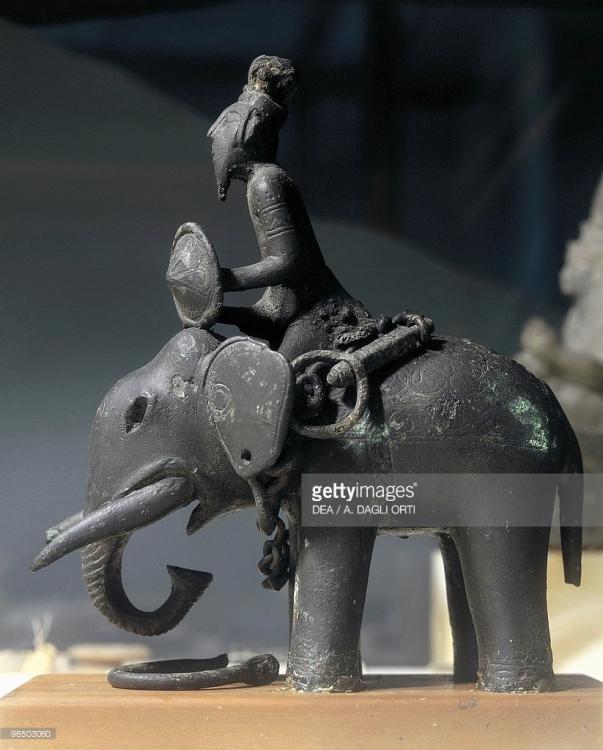
The design of the blanket was based on these elephant reliefs from Musawwarat es Sufra, where they are seen holding prisoners of war by a rope.
The following scene is another representation of elephant handling in Kush. Although the description says that the rider is a Meroitic king, others have argued, probably rightly so, that the figure actually represents the Kushite deity, Sebiumeker, god of fertility and procreation.
Here is a 19th century example of an ancient East African design, a Sudanese round shield made of rhinoceros or elephant hide, decorated and strengthened with strips of brass. It is remarkably similar to the more common, highly ornate Ethiopian shields.
A beautiful Ethiopian example of a very similar type:
An elephant bull of the type Loxodonta Cyclotis, the African forest elephant which I used as the reference for my North African elephant (Loxodonta Africana Pharaoensis). It looks similar to the African bush elephant, but it is much smaller, long tail, short legs, straighter tusks and normally has 5 toenails on the forefoot and 4 on the hindfoot, like the Asian elephant, but unlike the African bush elephant, which has 4 toenails on the fore foot, and 3 on the hindfoot:
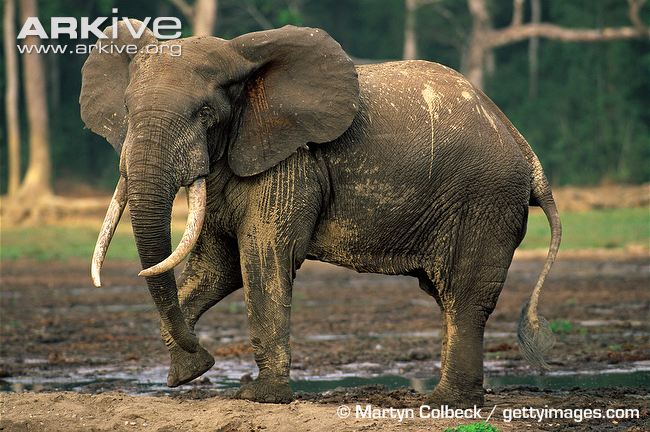
And size comparison:
PS: For the other three illustrations I created, I made sketches first, digitalised them, and then adjusted and colored them in photoshop using my laptop's trackpad. For this war elephant, I created my very first, purely digital painting, using a Wacom sketchpad. As I am new to illustration, critiques, remarks and tips would be very much appreciated.
-
 4
4
-
@AgamemnonPhlemnon, I am by no means an expert (I've only once attempted making a map in 0AD, years ago...)
What I mean is that, many areas of the open grasslands only seem to use 1 terrain texture, which, when zoomed out cause these ugly, unnatural looking, recurring patterns. I assume this is the standard ground texture when opening Atlas? Overpainting them with a large variety of different, yet similar textures, randomly overlapping each other, makes it look a lot more natural. The finer you work, the better the result (I know, it's a painstaking job, but I think it pays off in the end)
SpoilerI hope this helps.
-
 3
3
-
-
Lovely map indeed... Maybe some more variation in ground textures, slightly thicker and diverse forests, and a little more naturalism in that round sea side mountain/plateau (more irregular, jagged edges, and rising less abruptly from the surrounding flats). I'm assuming that's castle rock?
-
 1
1
-
-
I personally love zooming in and out, to catch a glimpse of all those beautiful details, as well as getting a good overview. I'd even like the camera to be less restricted... Seen as 0 A.D. is a historic RTS, it's difficult to compare to many other RTS out there that really don't focus on realism. Exaggerated or overly stylised units would reduce the immersiveness of the current game.
0 A.D. is not League of Legends, Starcraft or Command and Conquer, and I for one am very happy it didn't take that route. I think 0 A.D. is much more beautiful because of it.
-
 3
3
-
-
The Graffito of Musawwarat es Sufra (Aborepi)
In this post, I will highlight the pictorial graffito on the walls of the great temple complex of Musawwarat es Sufra, also known to the Kushites as Aborepi. Abore means elephant in ancient Meroitic (Abu is the ancient Egyptian equivalent), and Aborepi means "Place of the Elephant". The depiction of elephants in many reliefs, statues and graffito, attest to the importance of elephants at this site, and it was very possibly an elephant training center, featuring large holding pens, access ramps, and the largest water collection reservoir (The Great Hafir) known in Sudan. The size of the reservoir is baffling as there is no sign of any significant settlement at the site.
The walls of this complex feature the largest collection of ancient graffito in the entire Nile Valley. These often crude, and rudimentary graffito are of particular interest, because, as opposed to the highly stylised and refined, reliefs, of an official and religious/political nature, these graffito are very informal, and feature a number of elements not normally depicted in the very strictly delineated state-sanctioned art of Kush.
The collection of images I share here highlight more Meroitic period Boats, Helmets, Horsemen, Camels, an Axeman and another Elephant :
SpoilerAn Elephant, what Aborepi, the place of the elephant, is most known for:
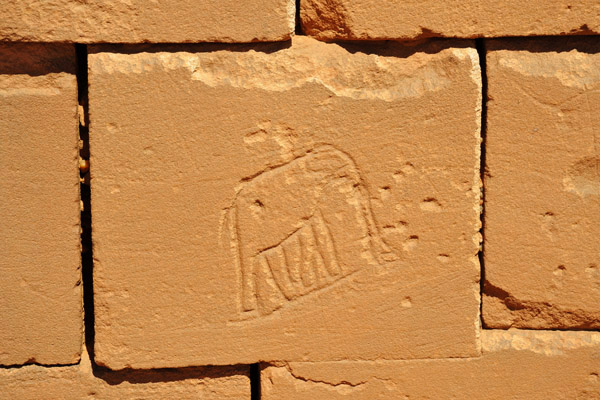
Horsemen:
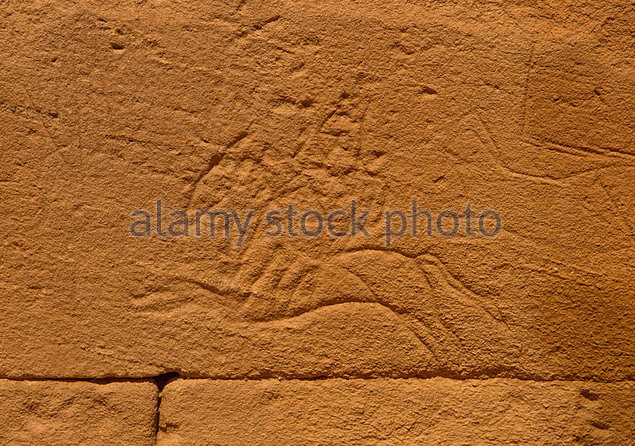
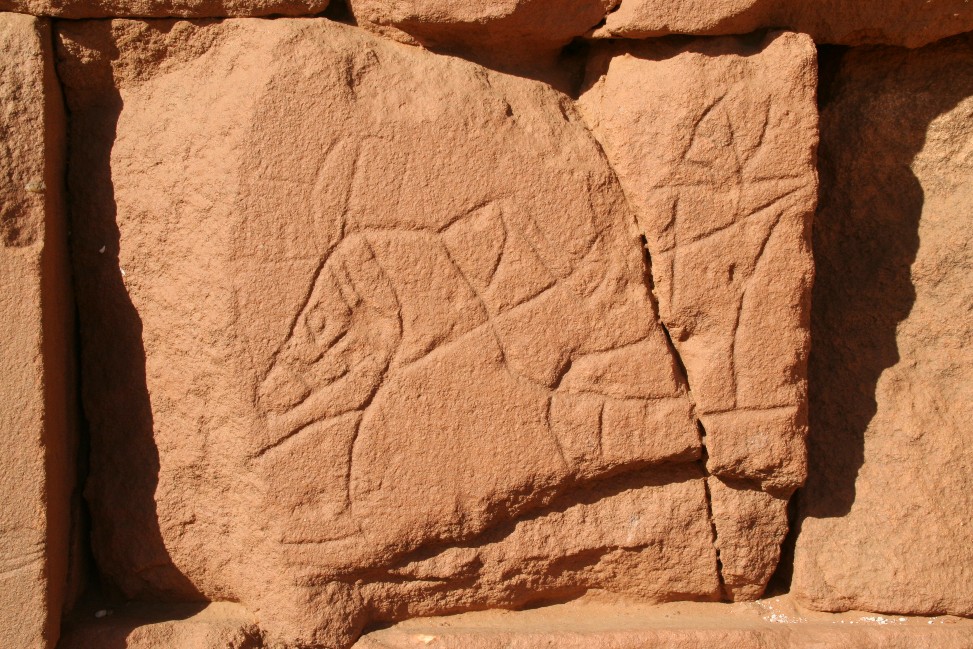
And a lone horse, wearing what might be the "Kushite style quilted armour", Agatharchides was refering to in his On the Erythraean Sea:
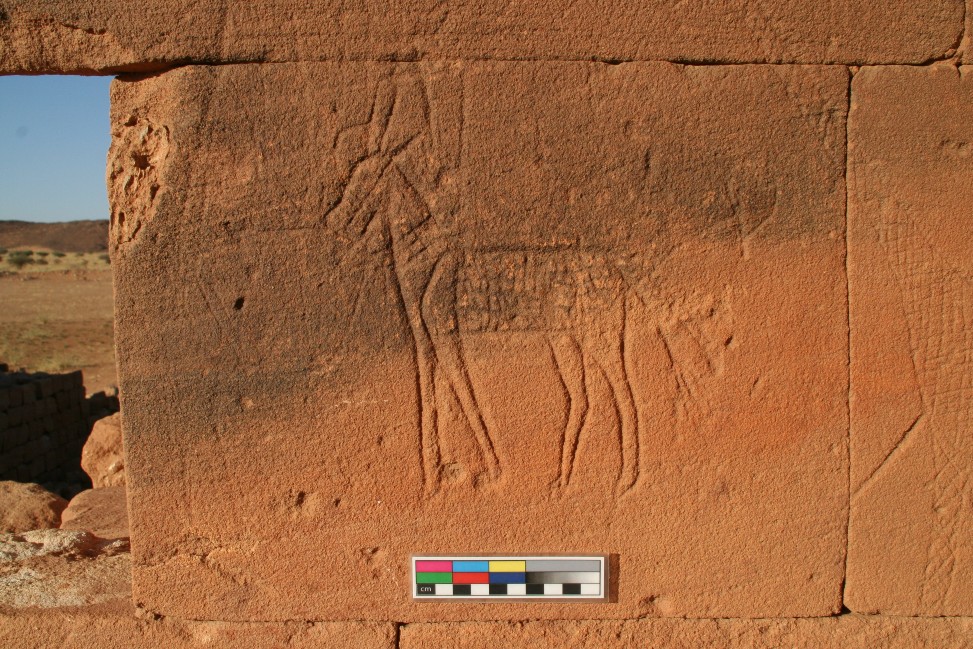
Boats:
Some of these crude depictions of Meroitic period boats, are identical to the petroglyphs of the much earlier Mesolithic, Neolithic and Kerma-era boats, featured in Sudanese rock art. Another strong illustration of thousands of years of Nile Valley boat building traditions remaining unchanged through the ages.
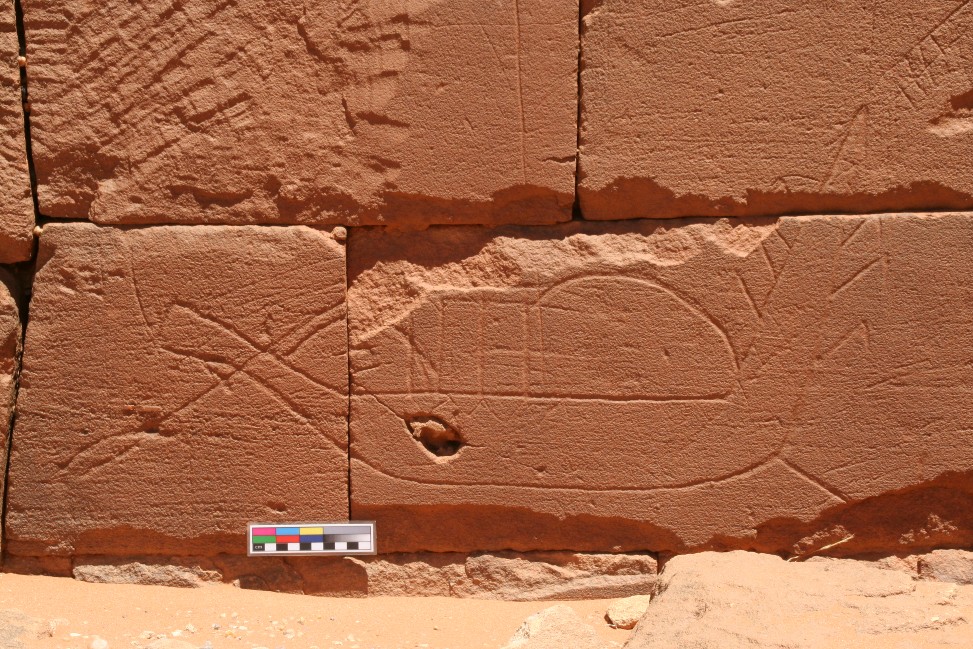
And finally a large cargo vessel/barge, with cabin, seemingly identical to Egyptian models.
Helmets:
The first two depictions show some kind of rimmed skullcap/helmet. The first one has a chinstrap.
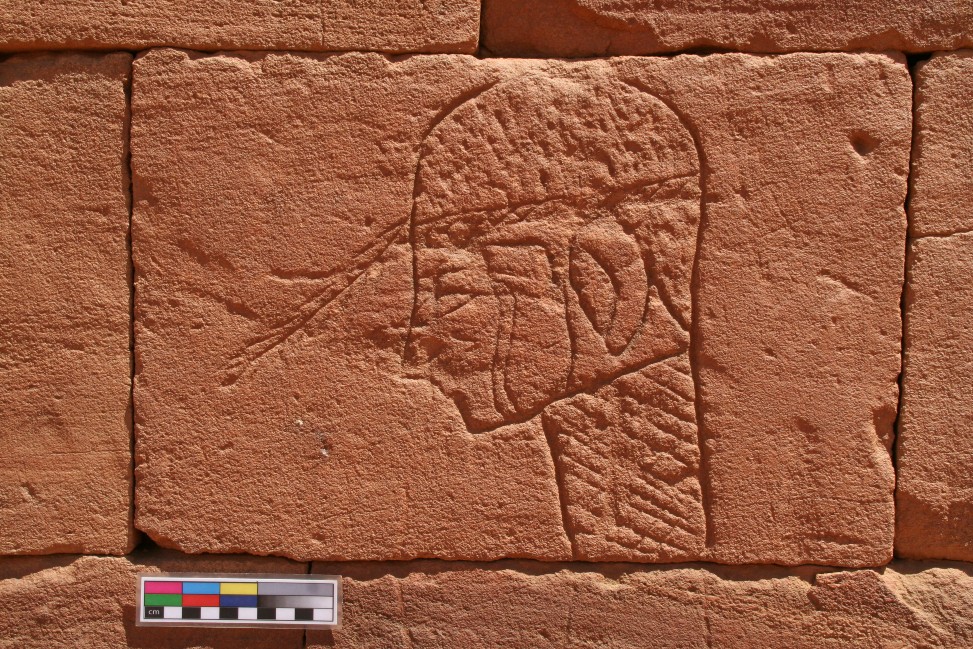
The Axeman:
Camels:
Although donkeys were the preferred mode of transportation for goods and people, (single humped) camels (dromedary) were also used, especially by the nomadic tribes of the Eastern desert.
Most of the images in this post were sourced from the "Musawwarat Graffiti Archive":
-
 3
3
-
-
-
Sid Meier's Civilisation VI just added "Nubia" as a playable faction
"Amanitore rules Nubia"
http://steamcommunity.com/games/289070/announcements/detail/1433685663556818536
-
 2
2
-
-
Here I present two more possible reference-sites for Meroitic-period fortifications in Sudan, although I will immediately add that neither of them have been positively identified as Meroitic. The similarities are just too much to ignore.
The first site shows the "ruins of a small fort between Sedeinga and Sai Island, Northern Sudan". The area features Ancient Egyptian, Napatan, Meroitic, Christian Nubian, and Ottoman-era ruins, and I don't believe they've been archaeologically surveyed yet.
The fort itself clearly isn't ancient Egyptian, nor Ottoman (an Ottoman fort nearby is very distinctive from these ruins), which narrows it's dating down to the Napatan, Meroitic or Christian Nubian period (it doesn't look Christian either). I believe that the clear similarity with other Napatan and Meroitic sites makes it a useful reference.
The second site is the fortress at Berenice Panchrysos, and almost definitely wasn't Meroitic. It was a Blemmye (Beja) town on the Red Sea coast in Northern Sudan, in the Nubian desert, probably used by the Ptolemies as a way-station, and an important source of gold, for both Ancient Egyptian Pharaohs, Ptolemies and Romans. I'm sharing it because the architecture of the fortress follows the same layout and design of Meroitic palaces and fortified residences, (especially Karanog) and uses the same building materials and techniques as the fortifications at Qasr Ibrim and Gala Abu Ahmed, hundreds of miles to the West of it.
-
 2
2
-
-
@Lion.Kanzen not exactly, but it's true that chariots fell out of (military) use during the 500BCE-1AD timeframe, in favour of mounted cavalry. They were still used by elites as prestige items though (personal transport, parades, races). Those civilisations further from the meditaranean continued to use them for a while though (like britons and such...)
I'll do some reading and get back to you

-
 2
2
-
-
Oooooh, wow!

-
 1
1
-

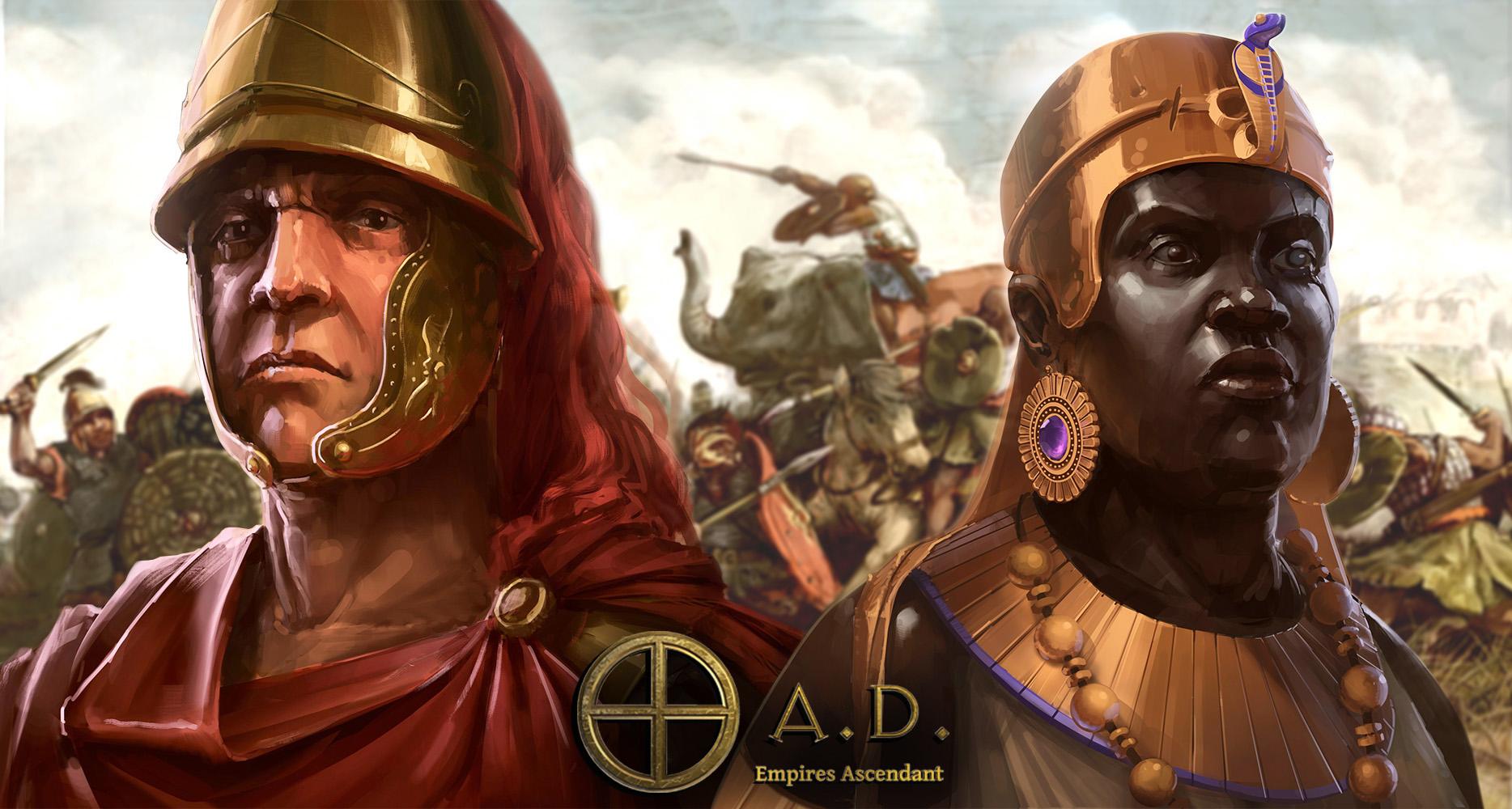

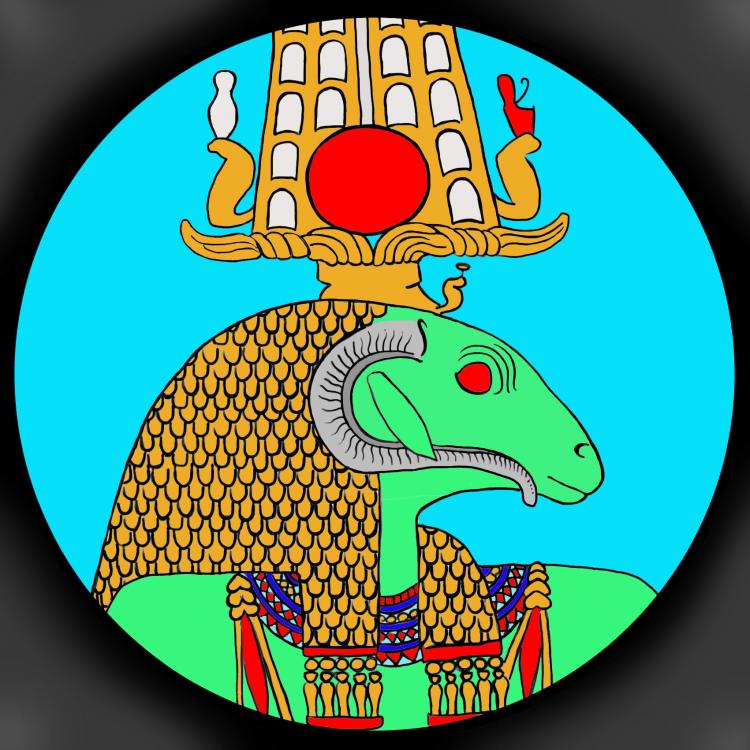
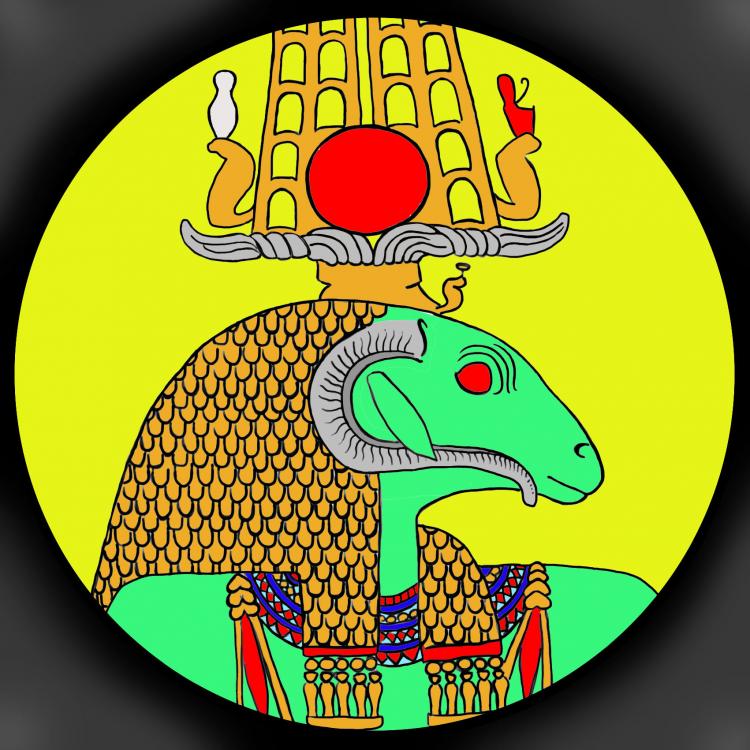
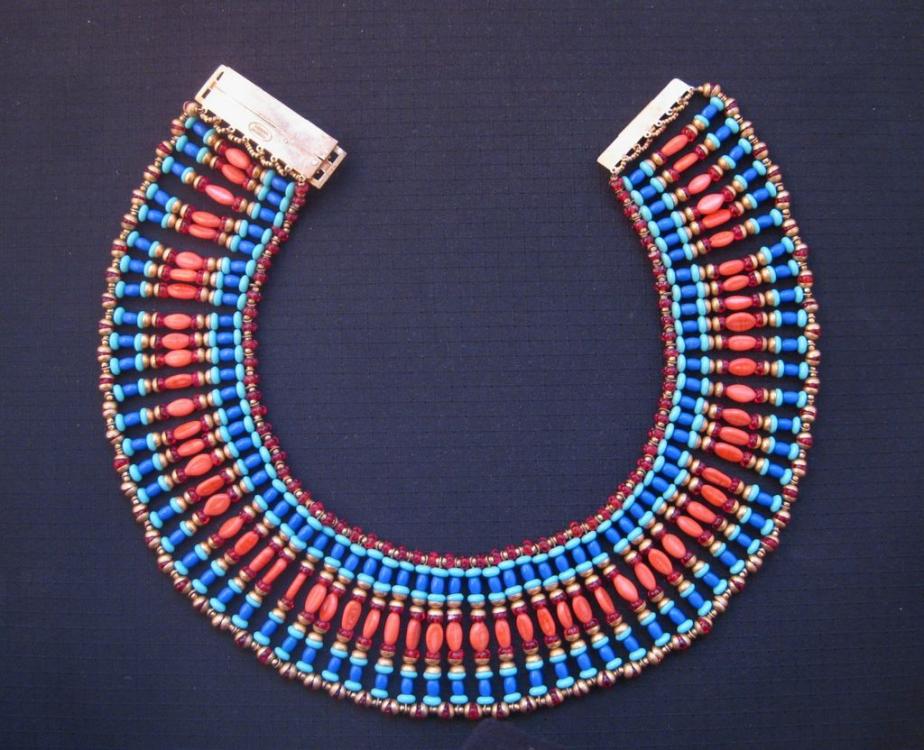
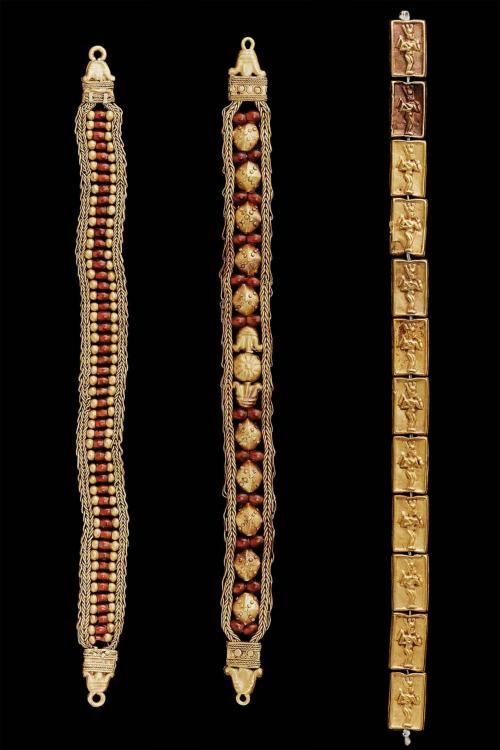
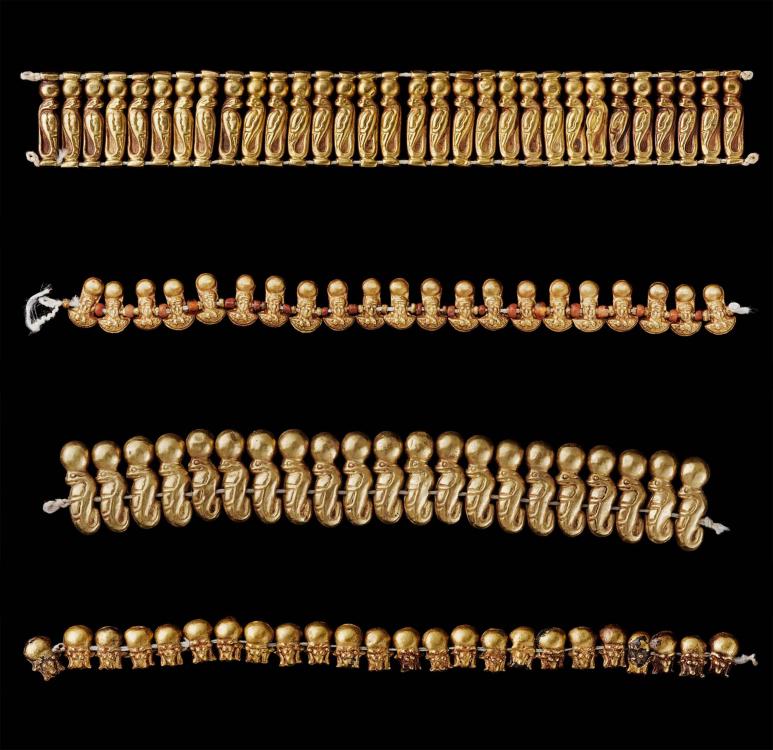
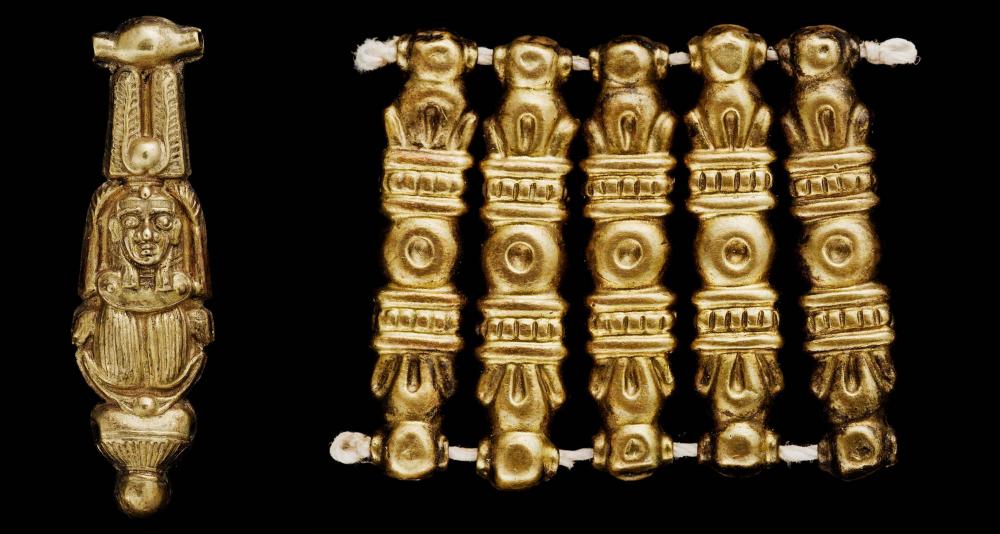
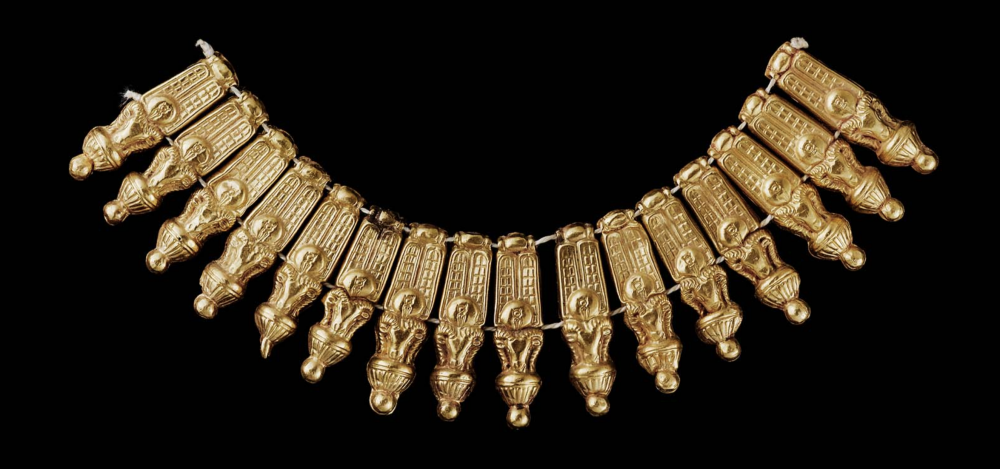
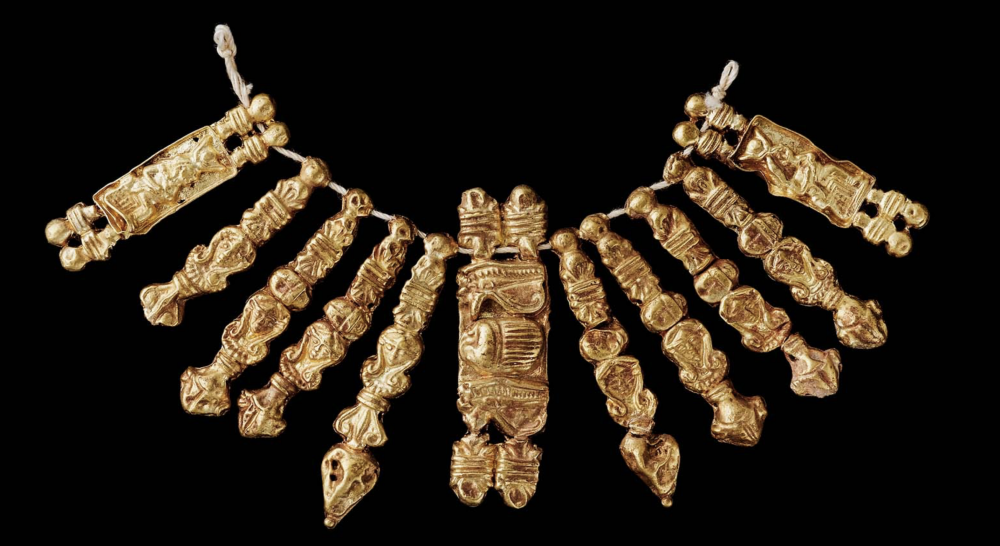
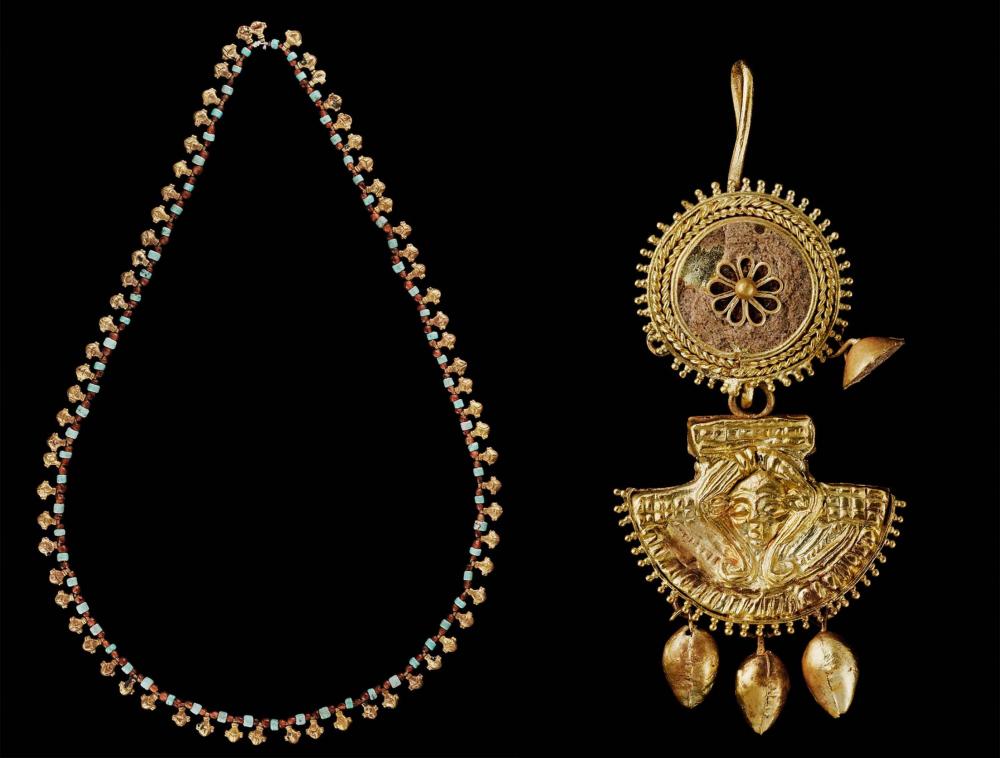




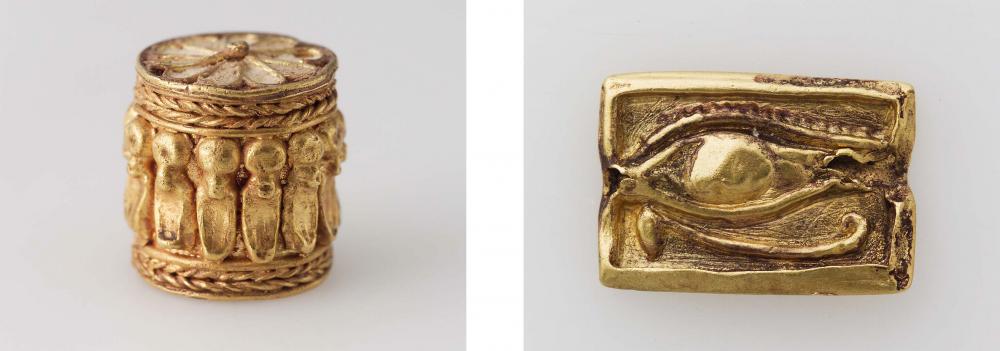

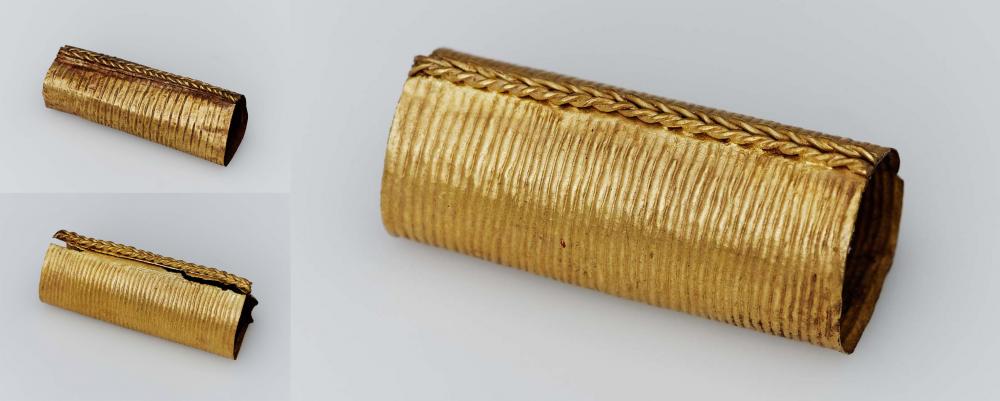
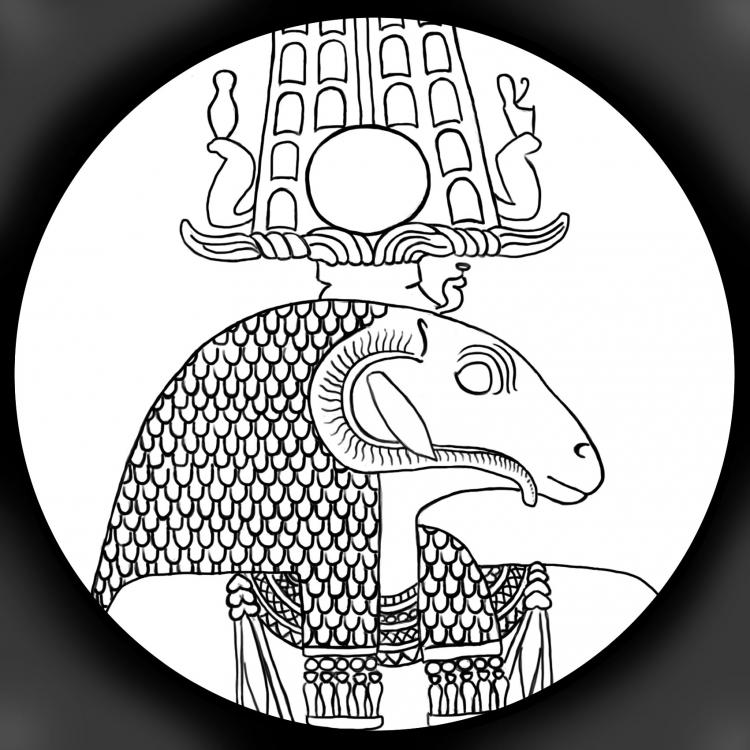

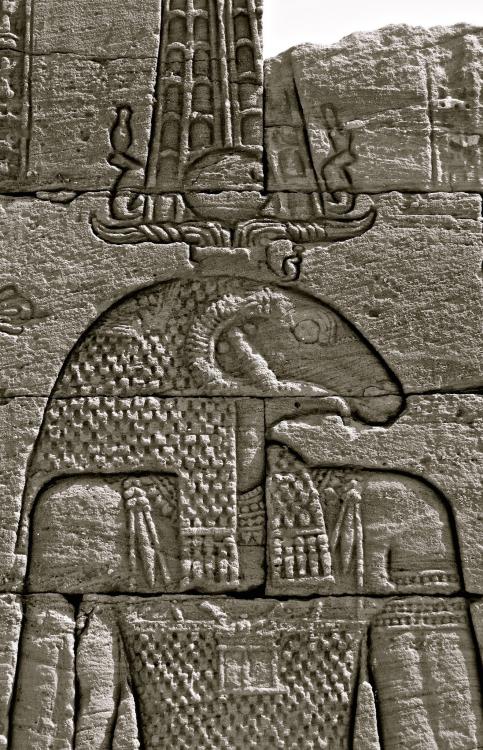
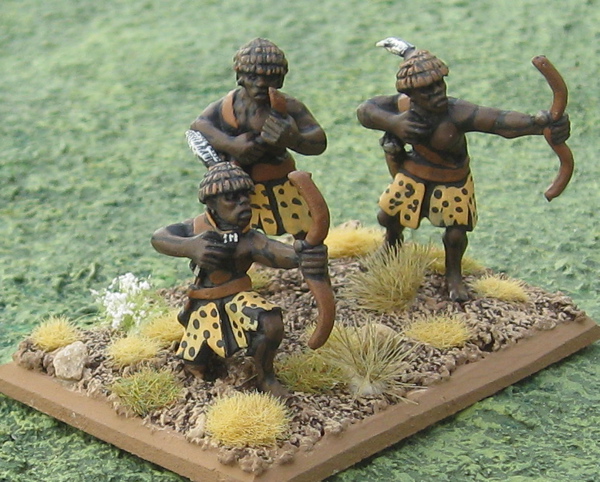
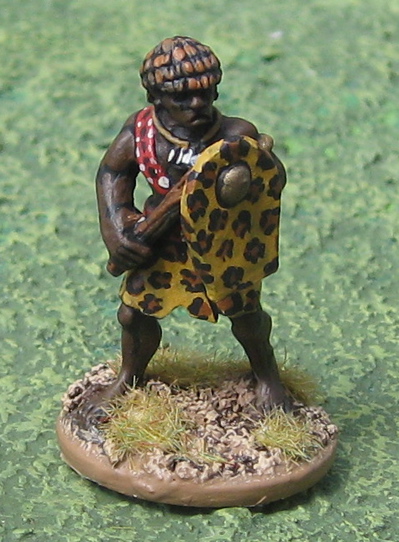
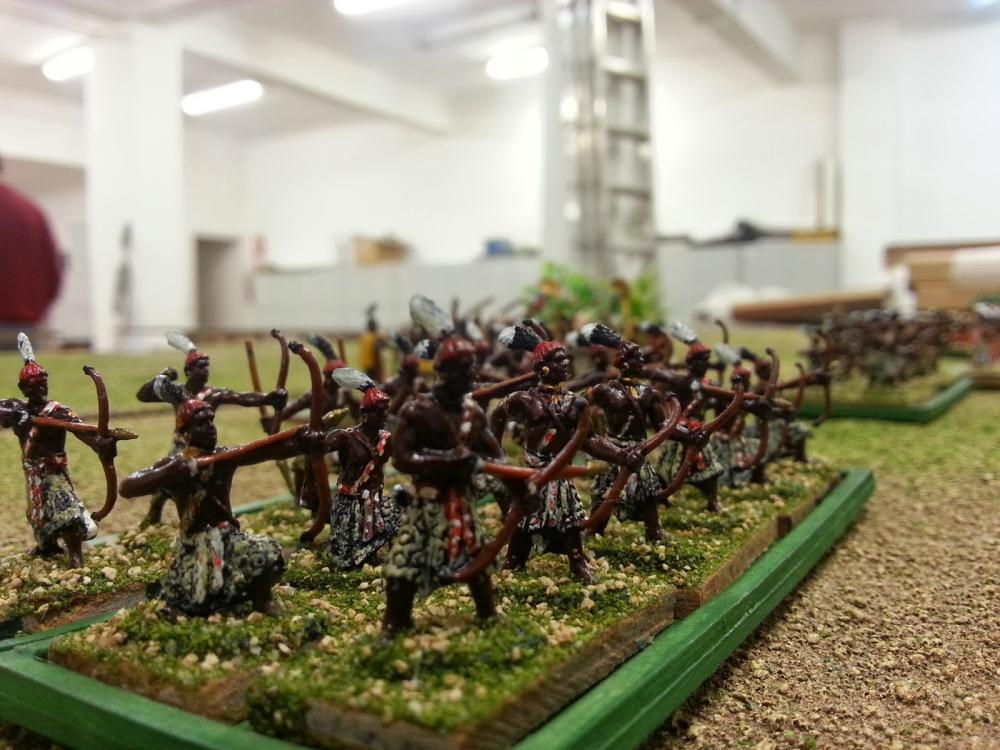
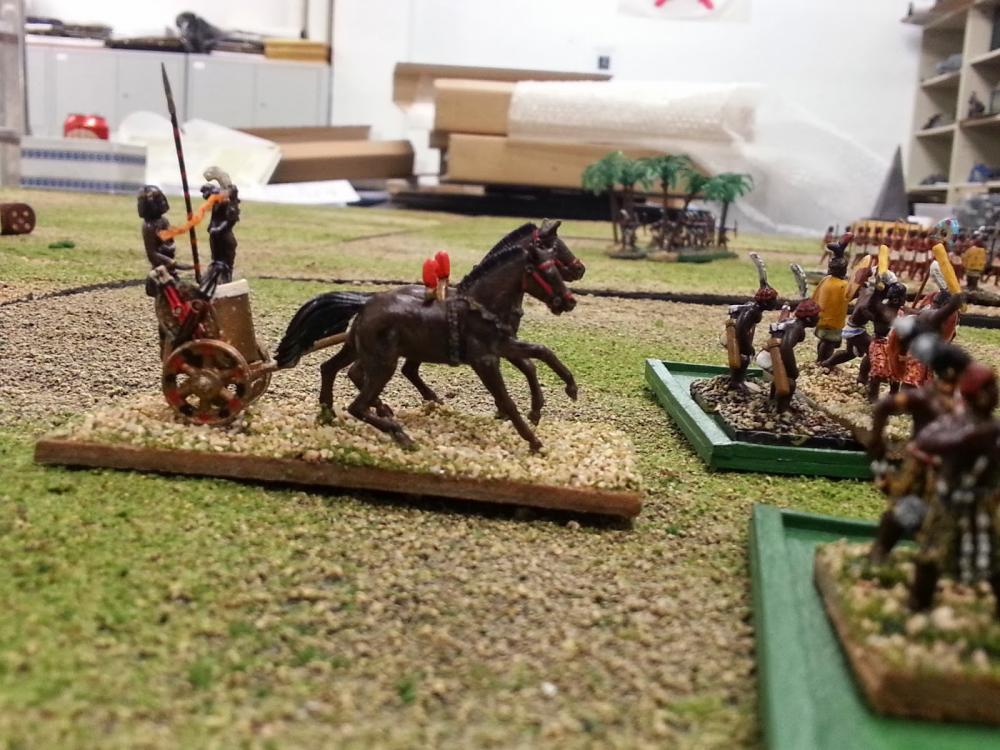
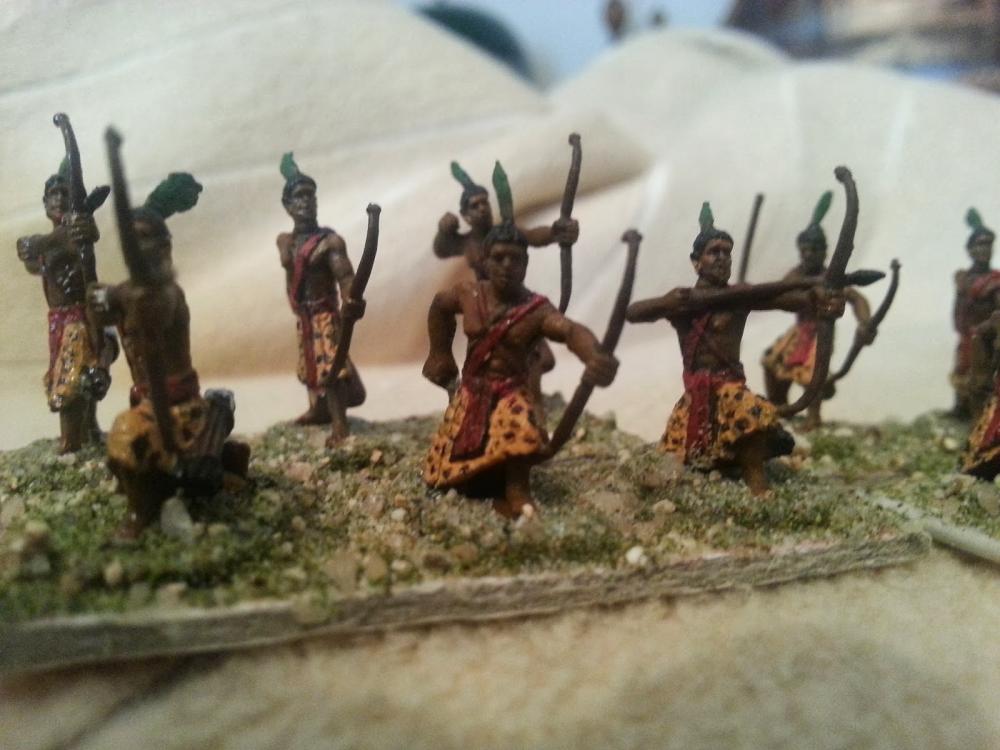
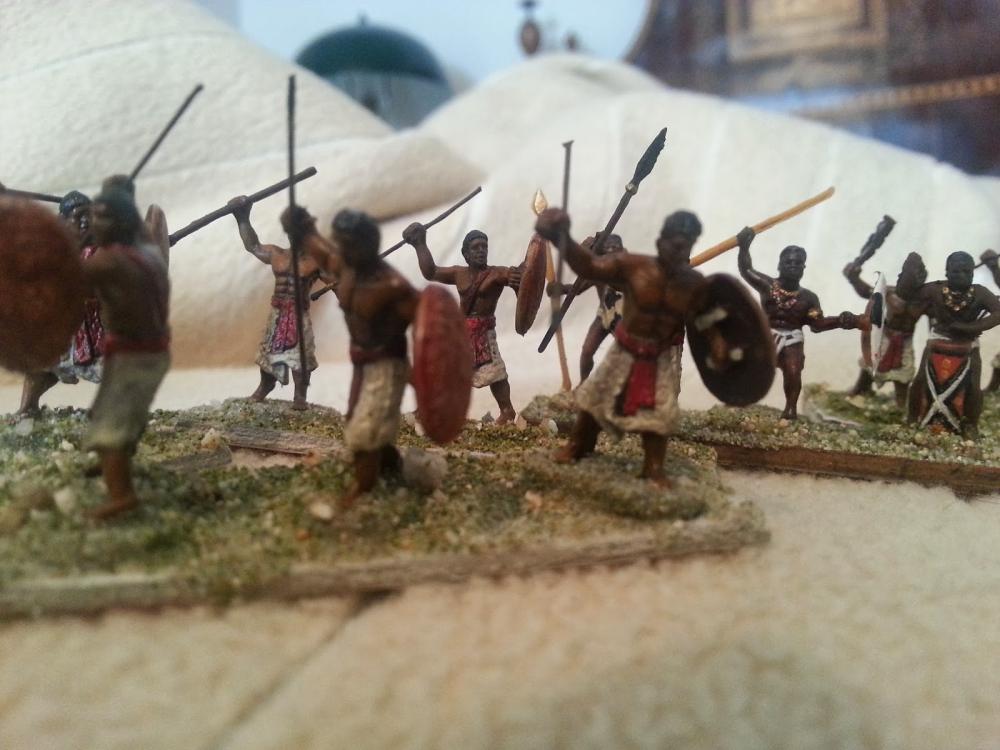
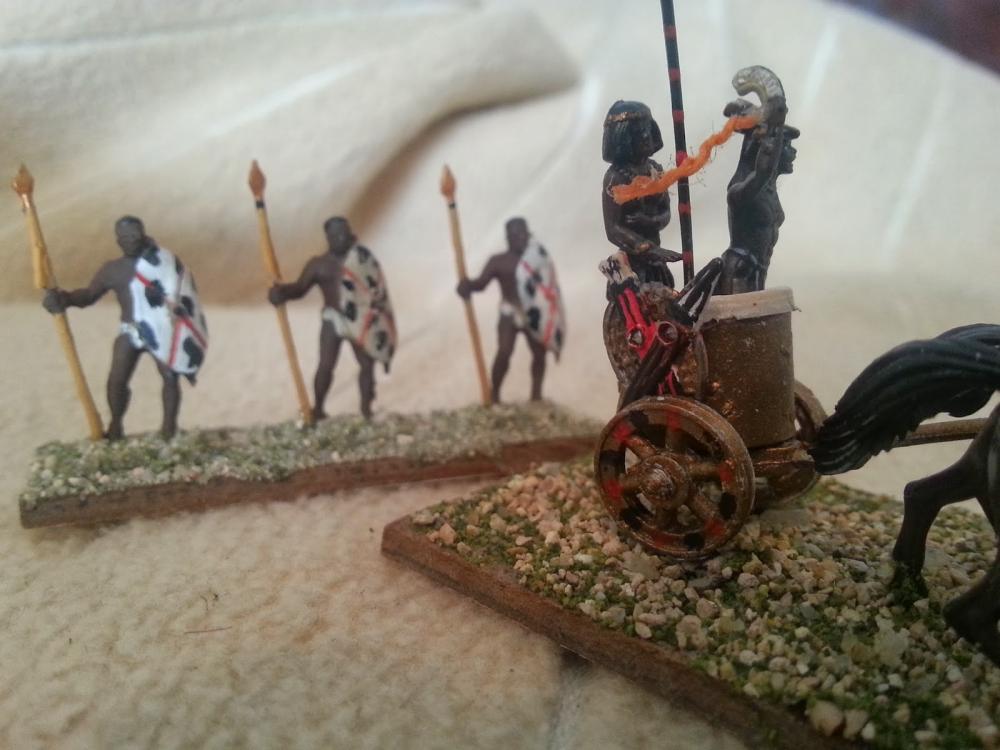
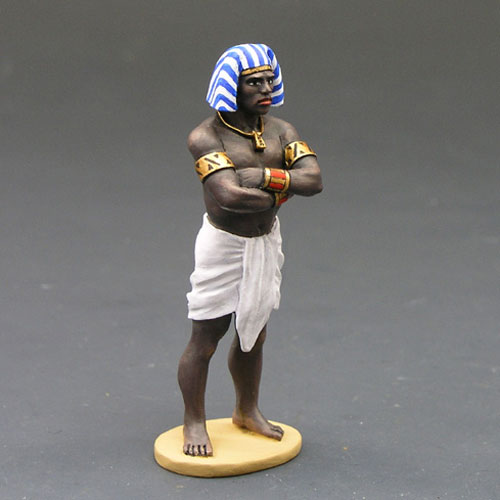
.jpg.6580a42b462938b0684b3398512361c1.jpg)
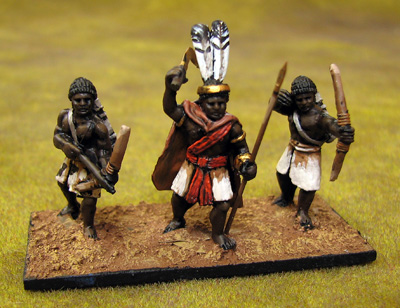
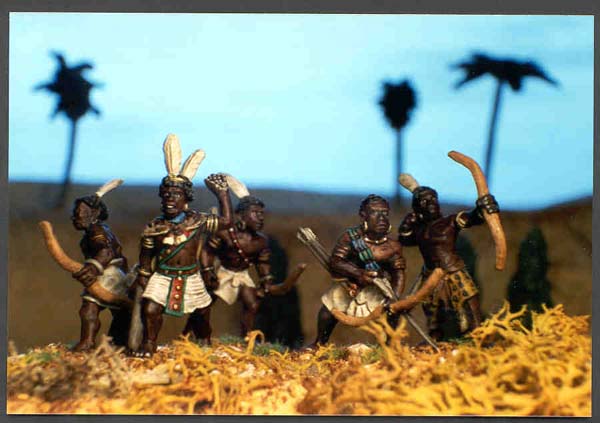
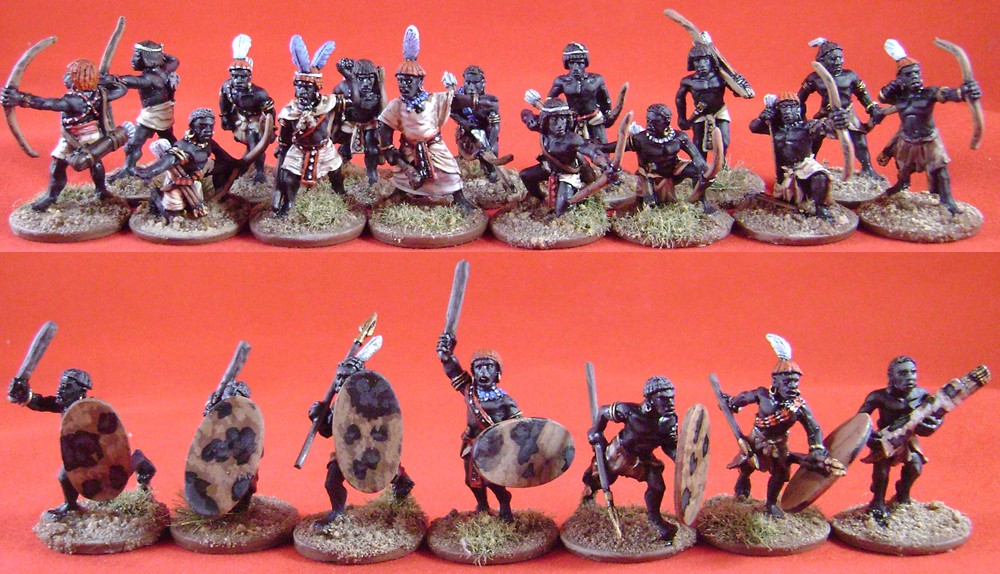
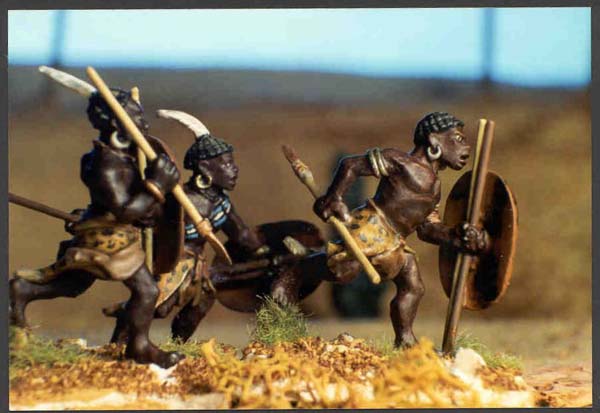
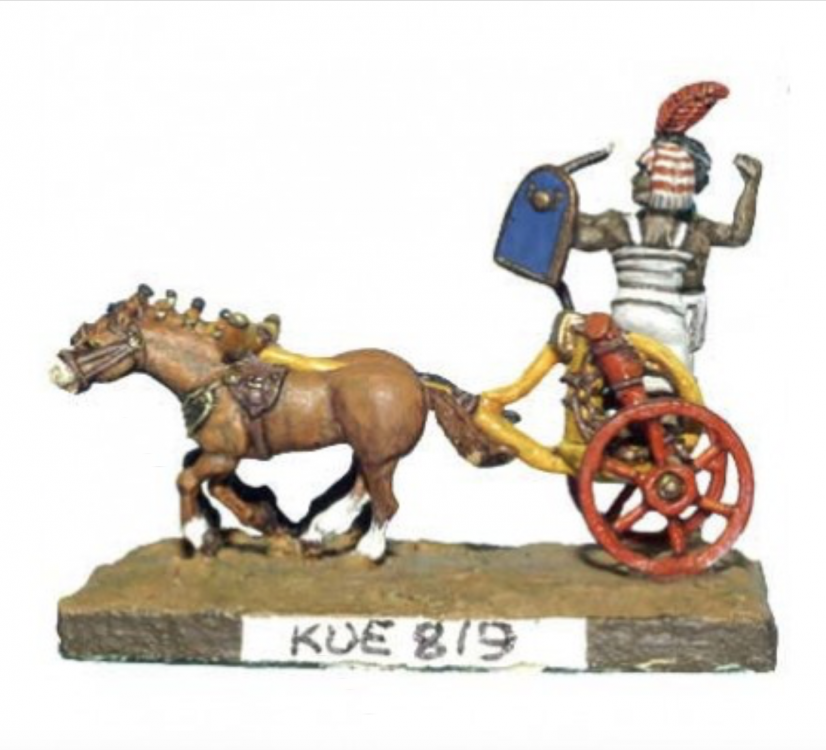
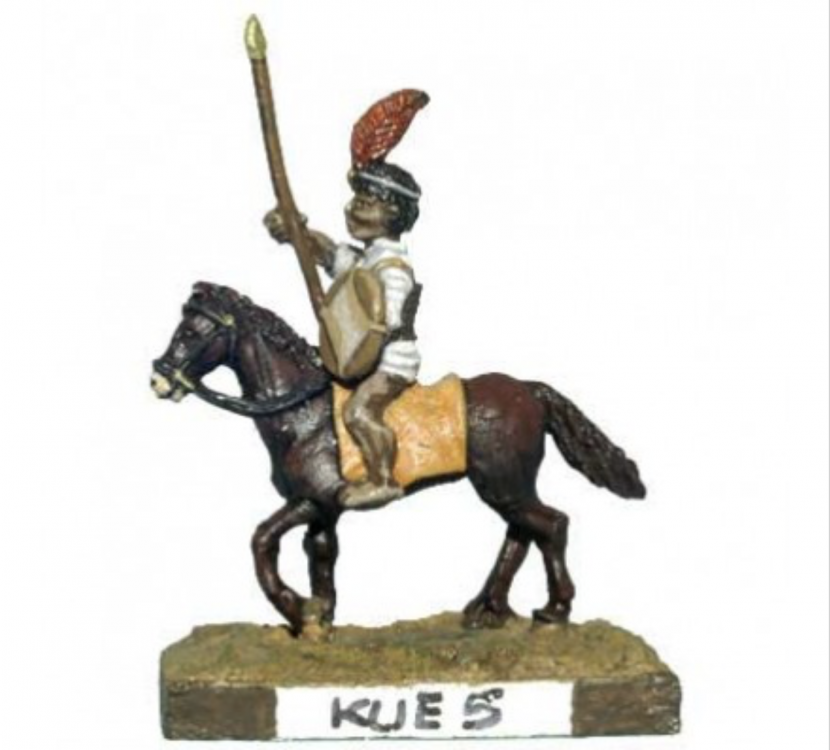
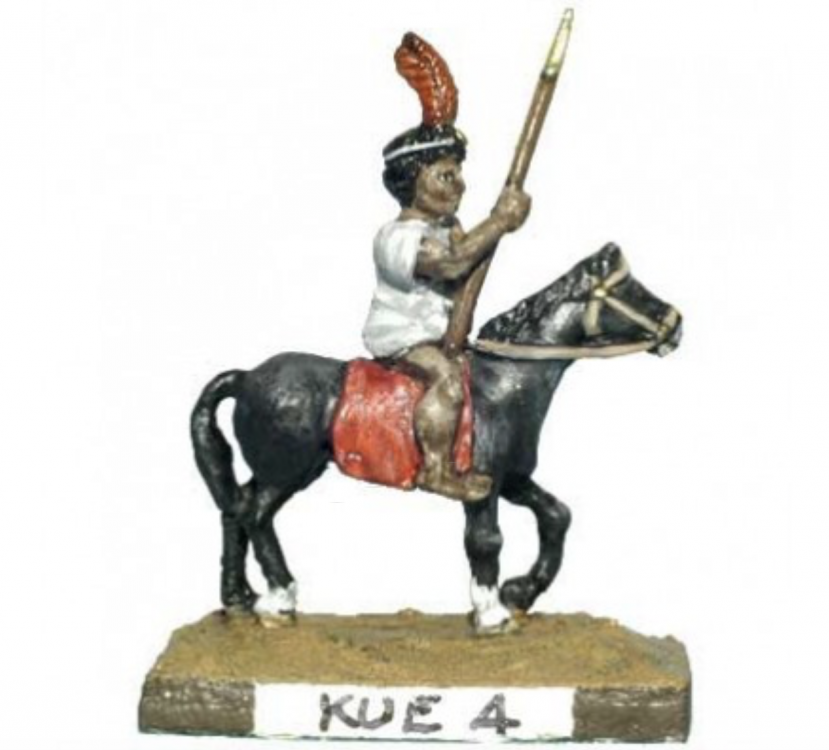
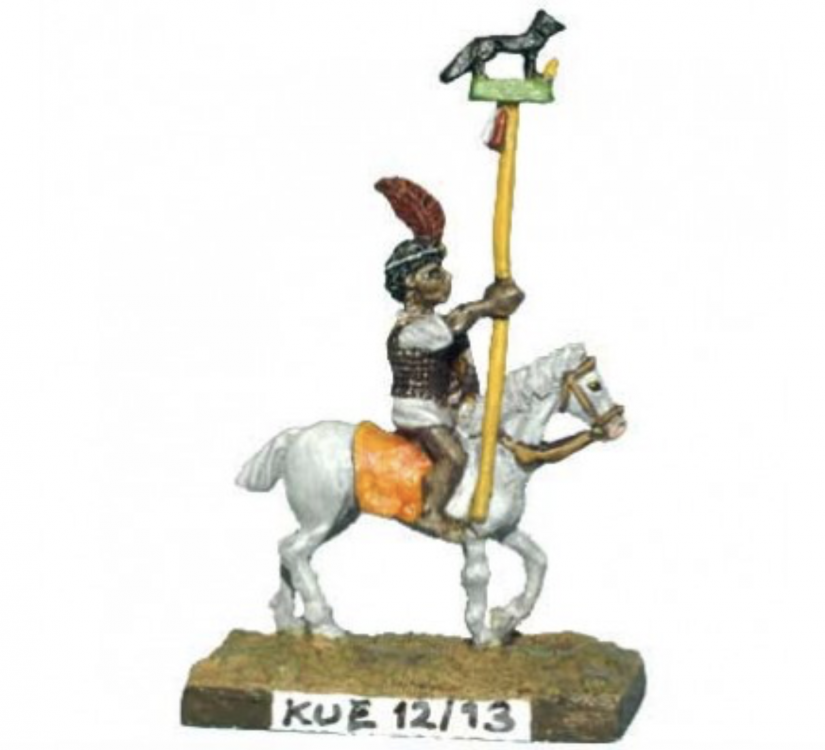
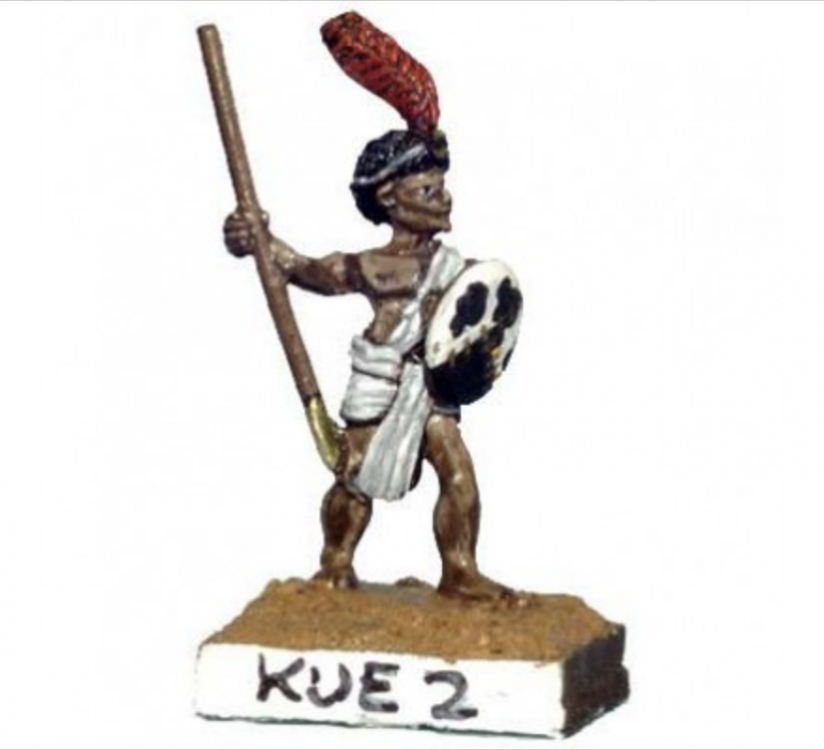
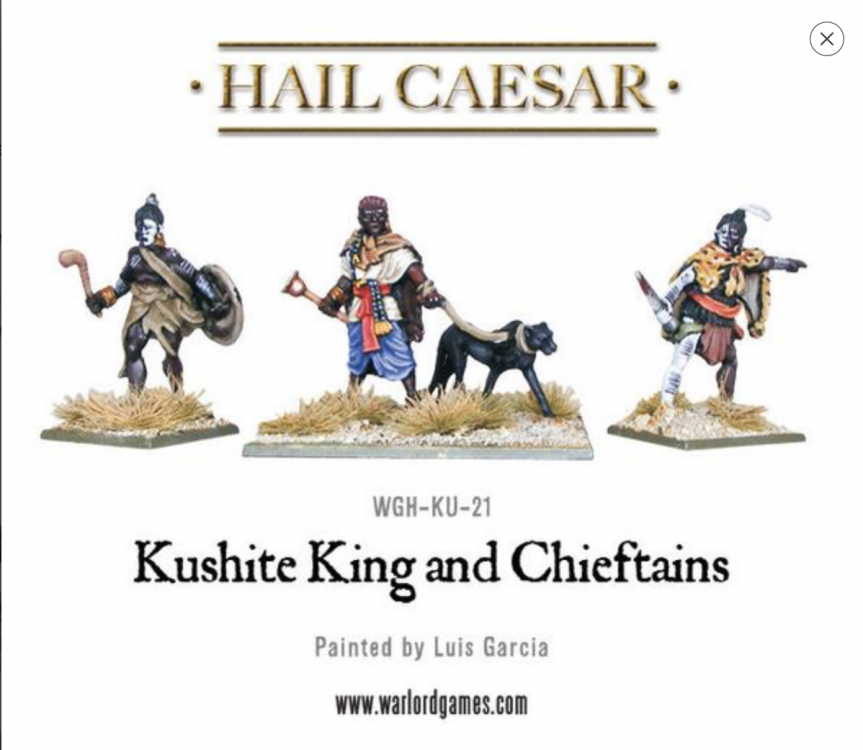
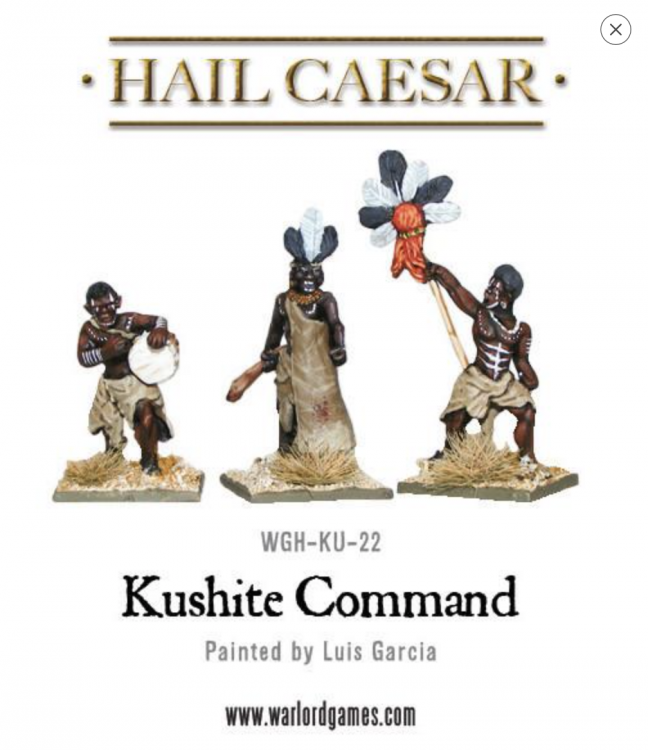
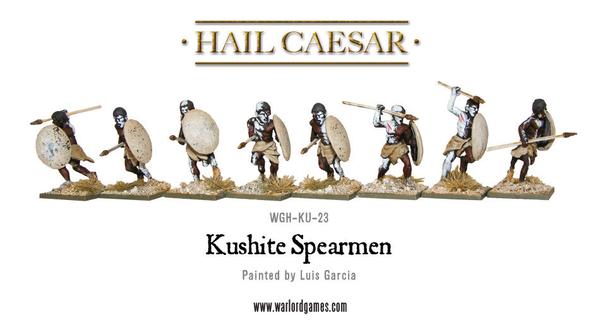
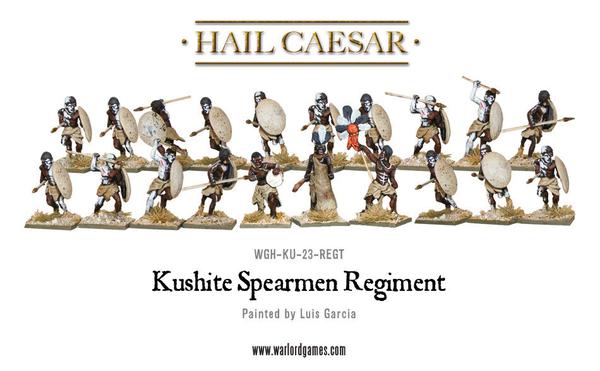
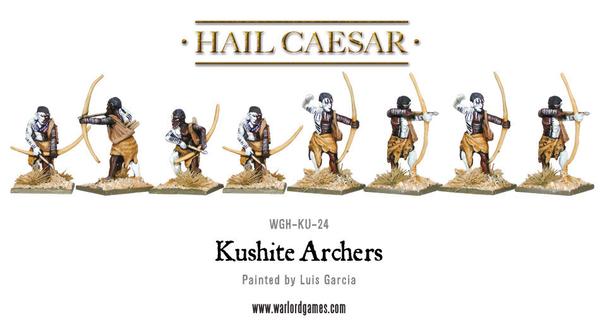
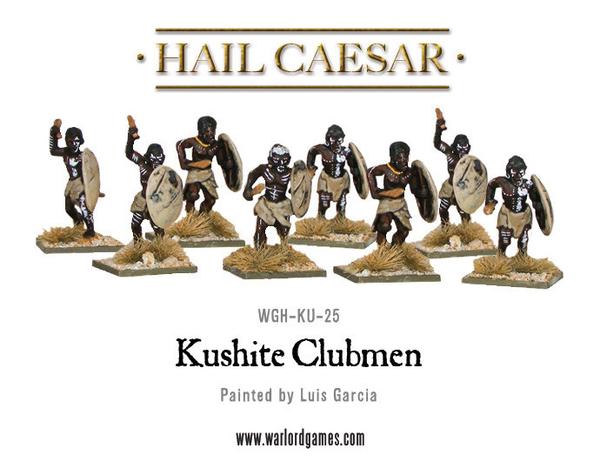
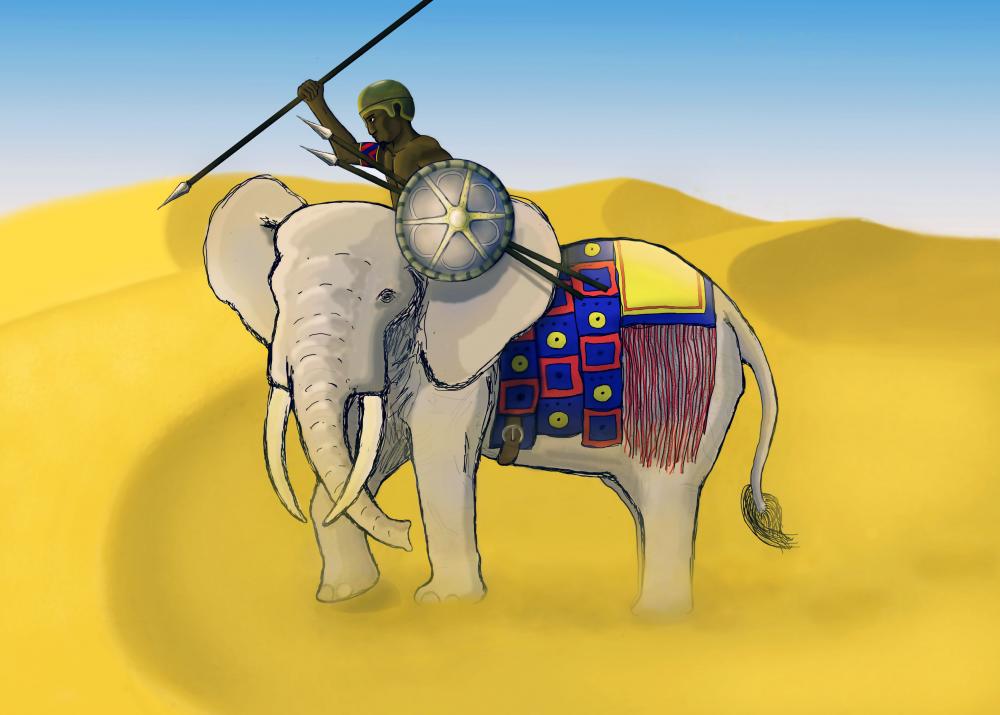

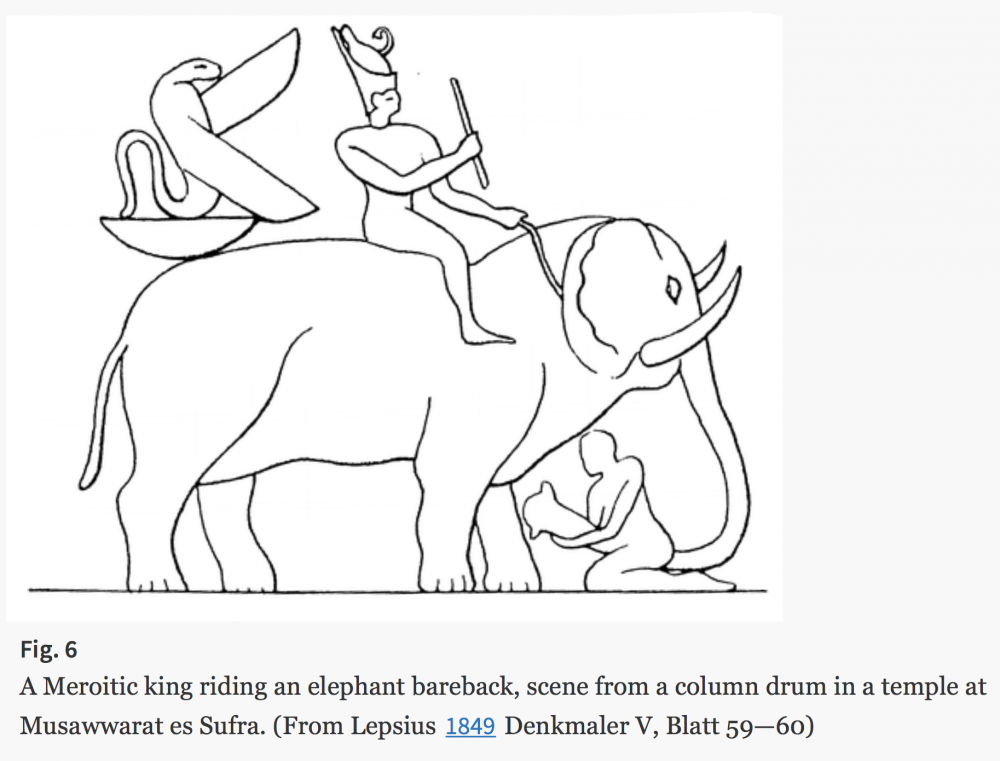
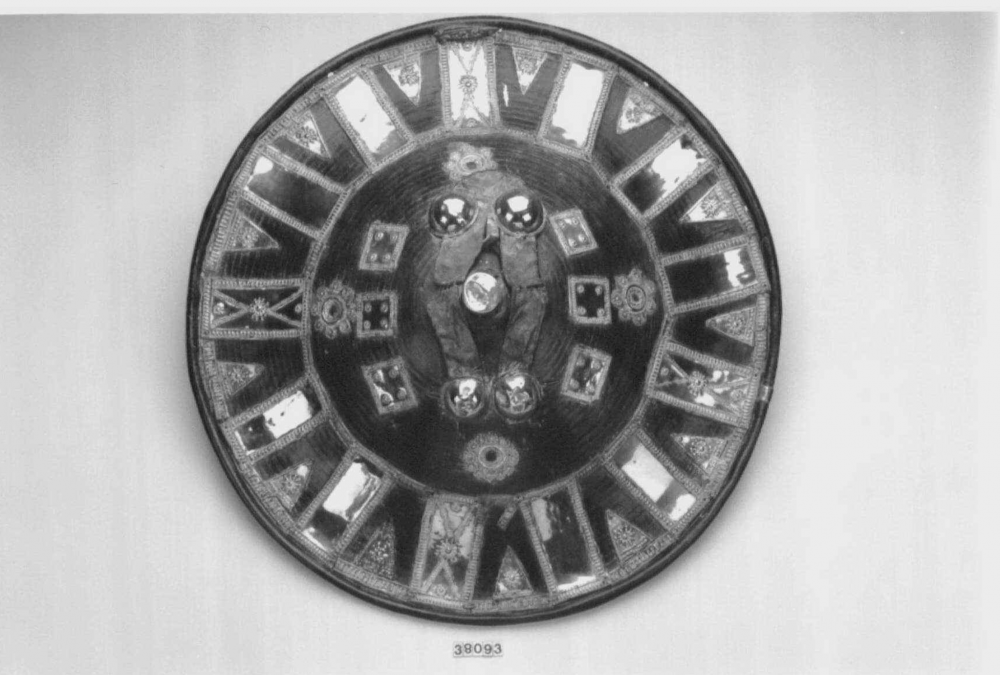
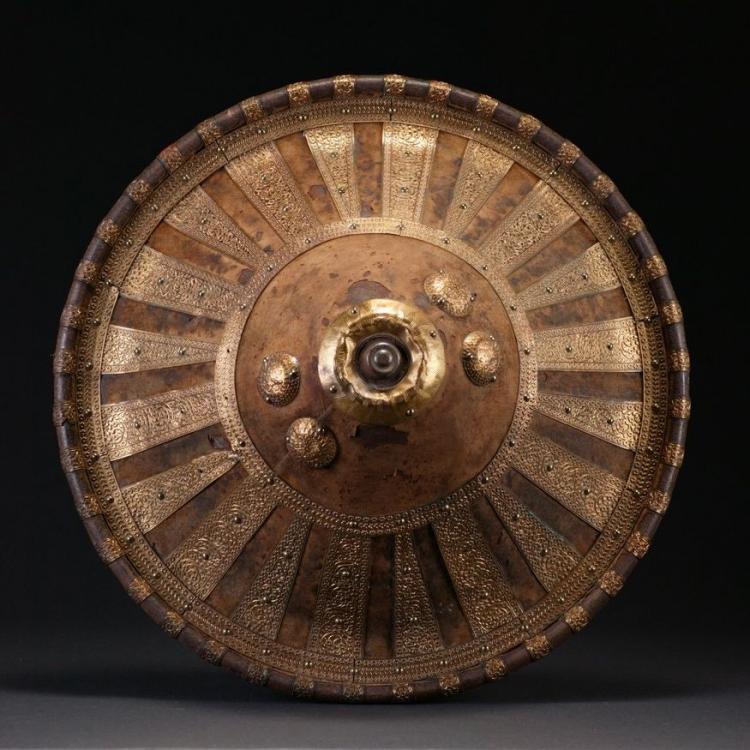
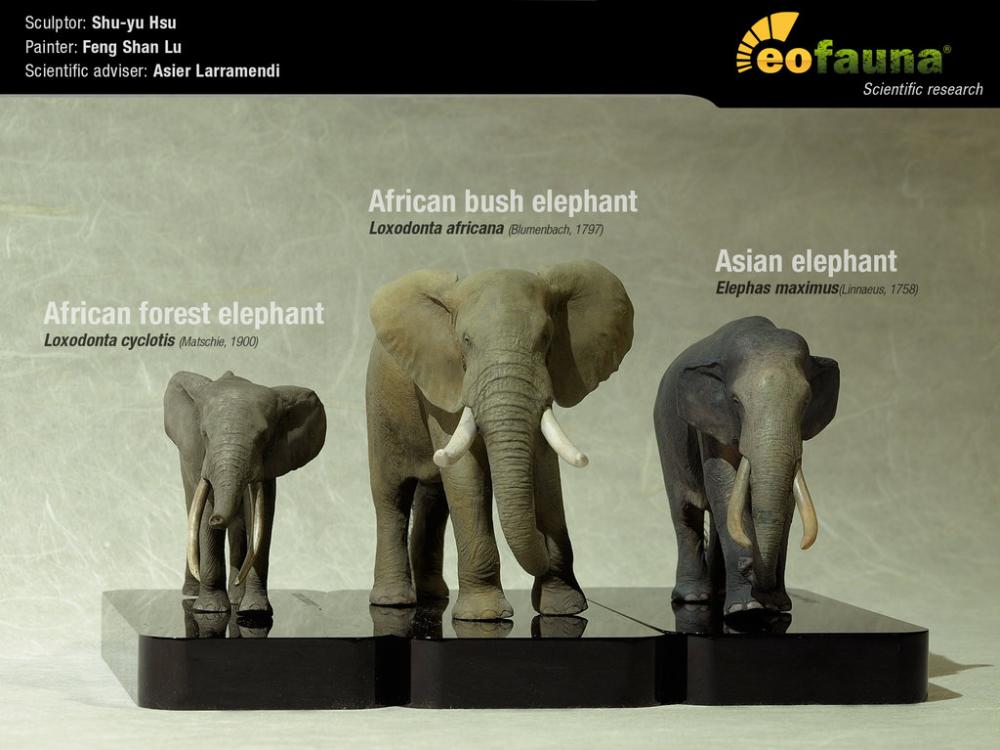

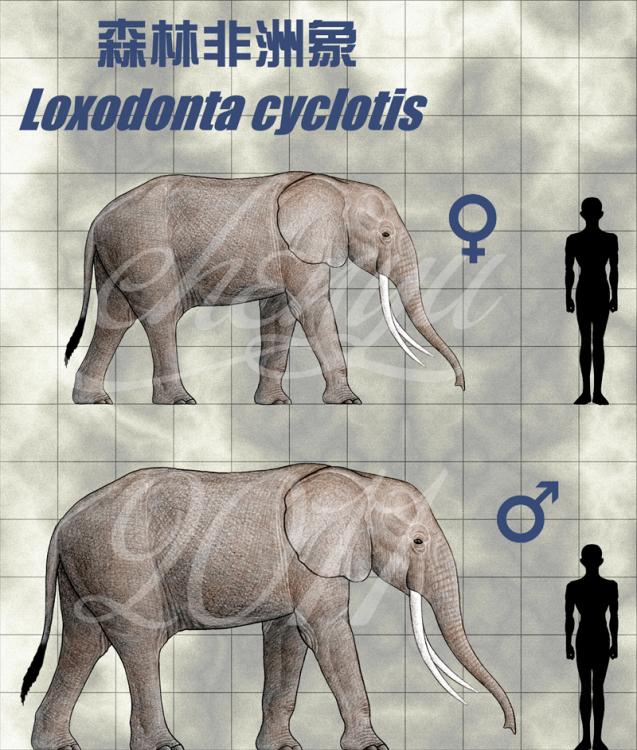
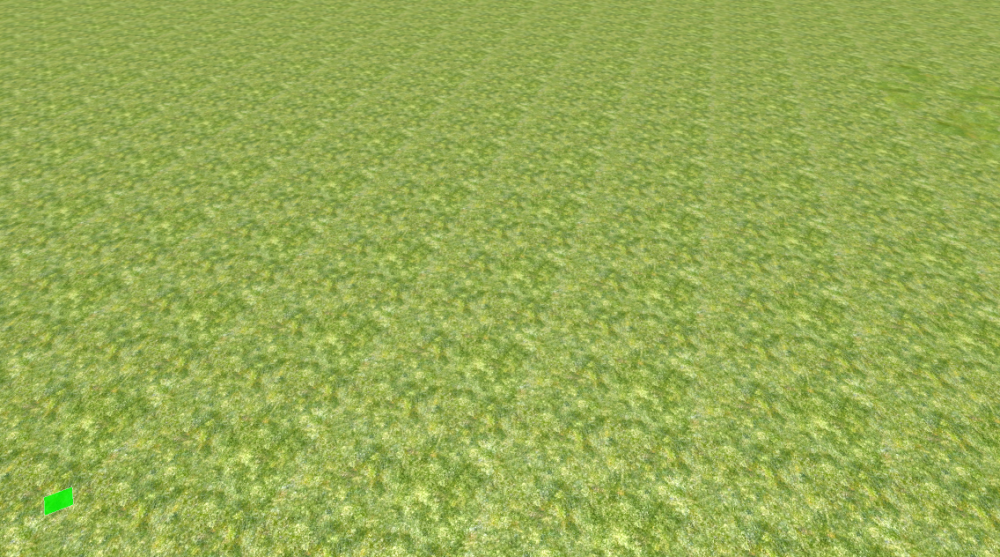
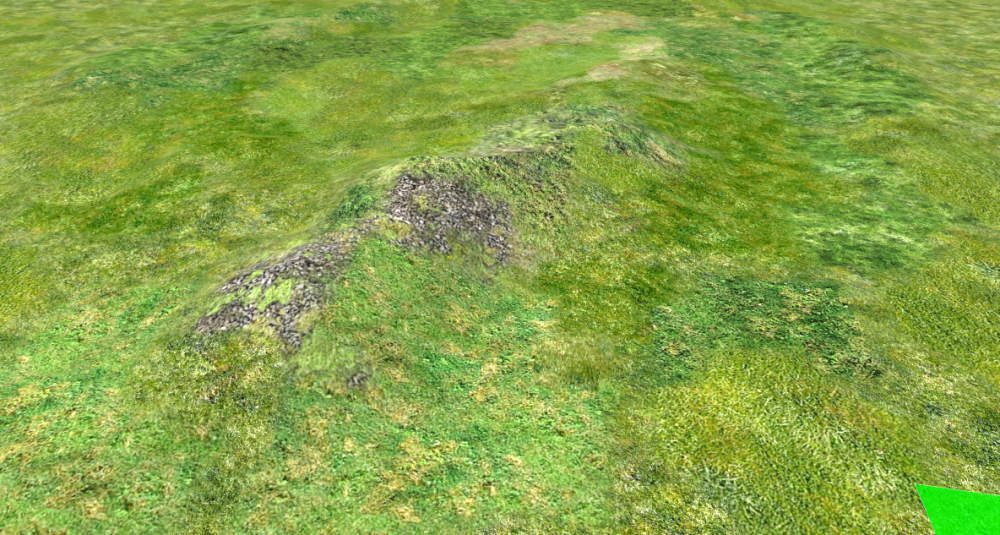
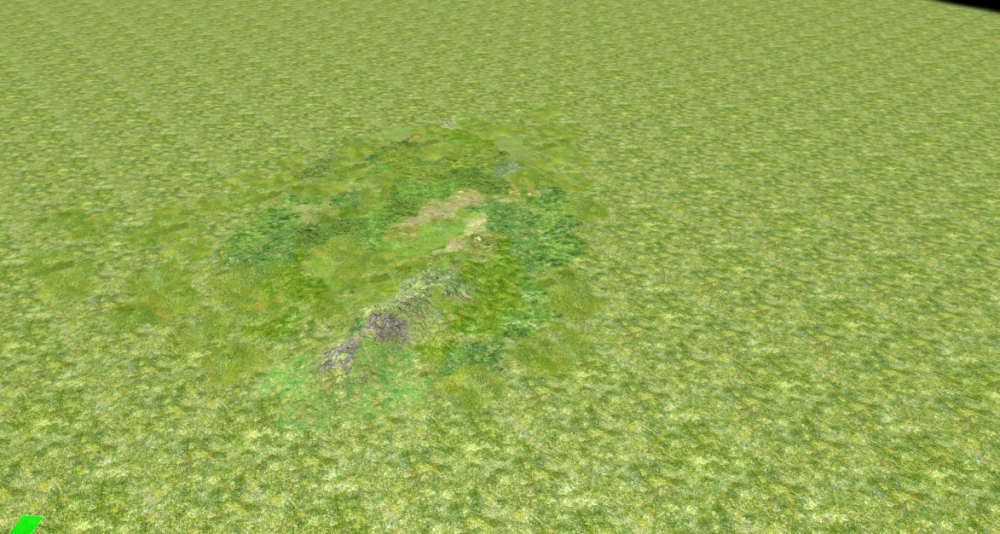
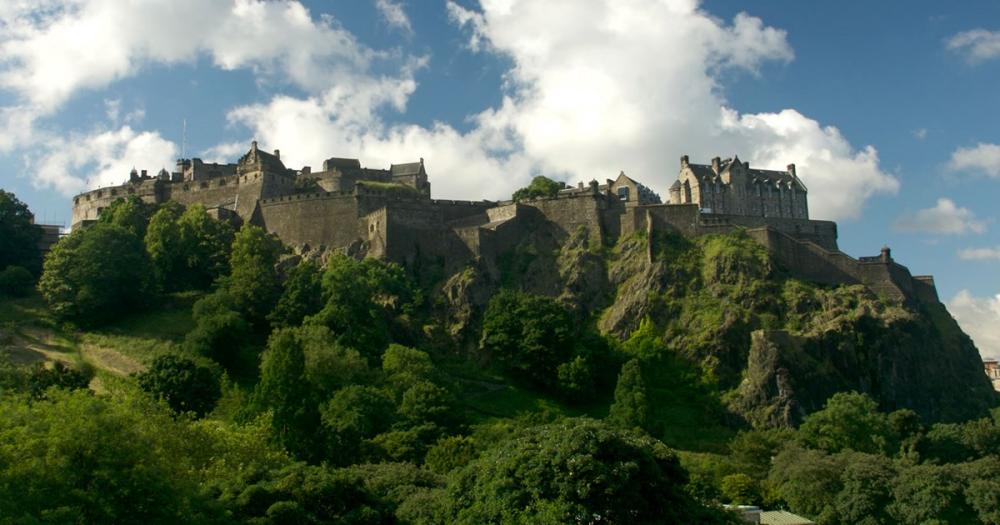
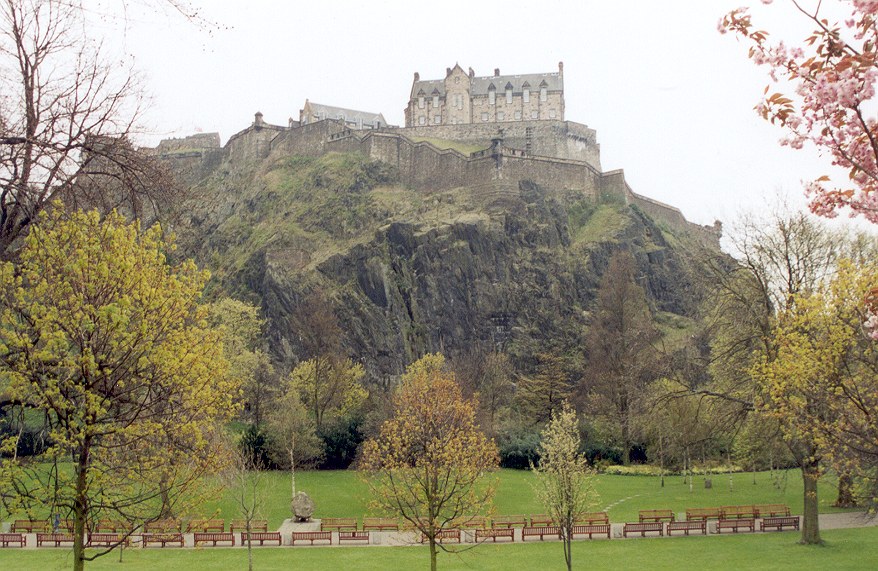
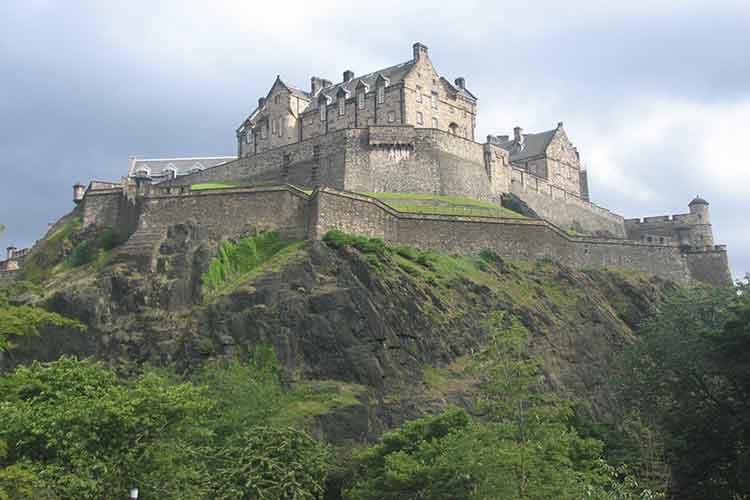
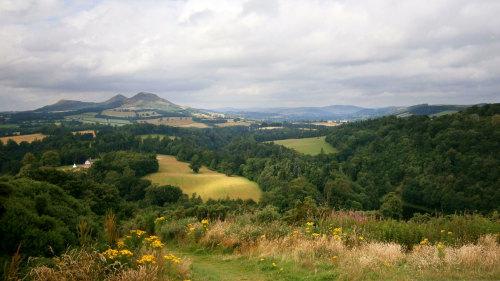

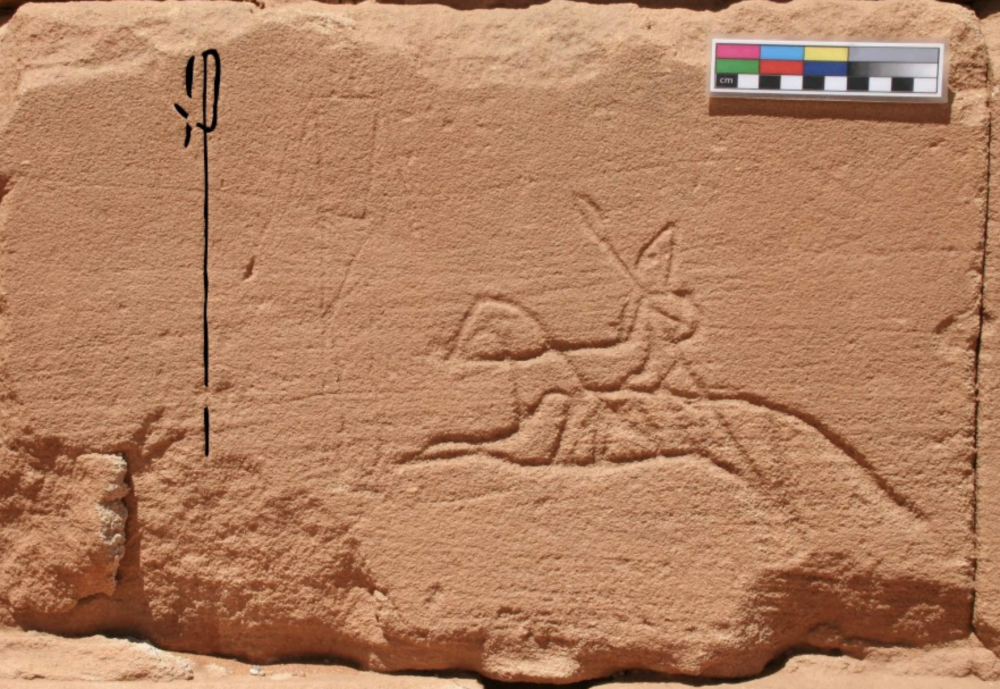
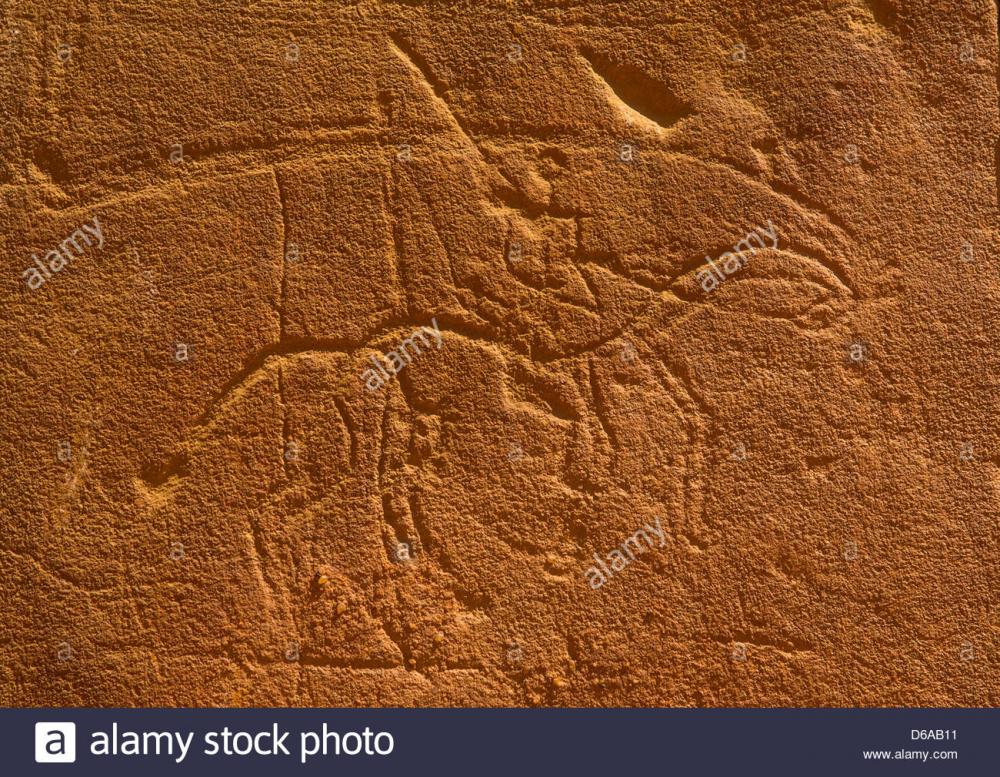
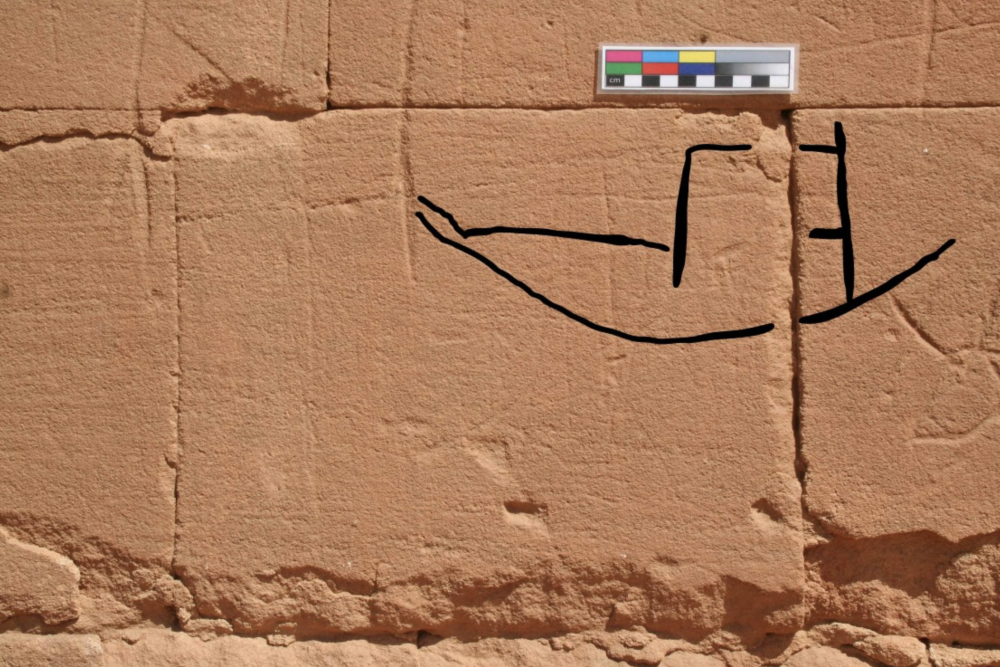
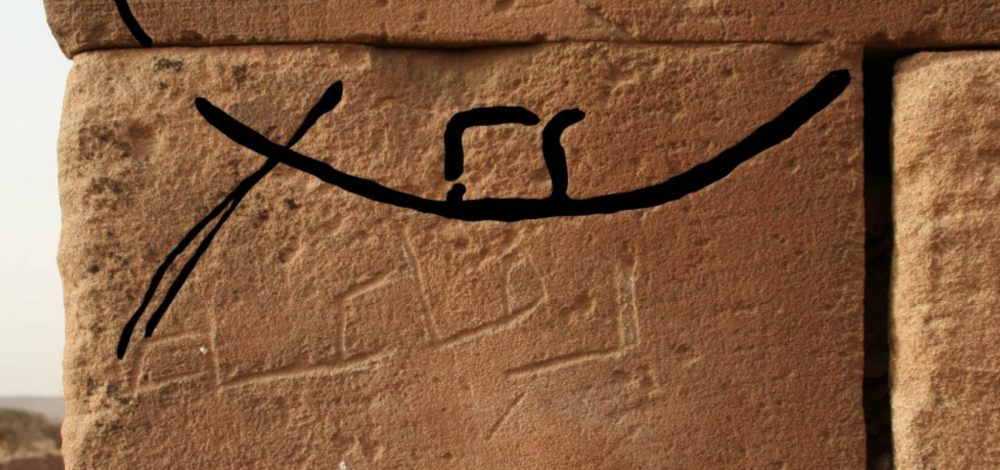
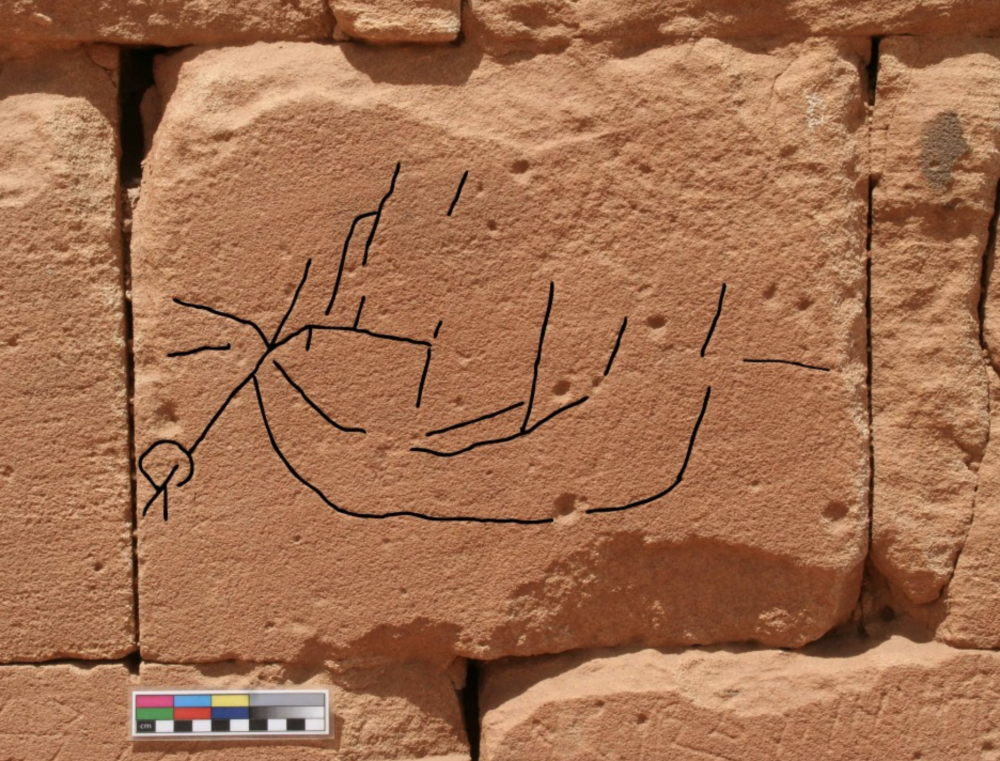
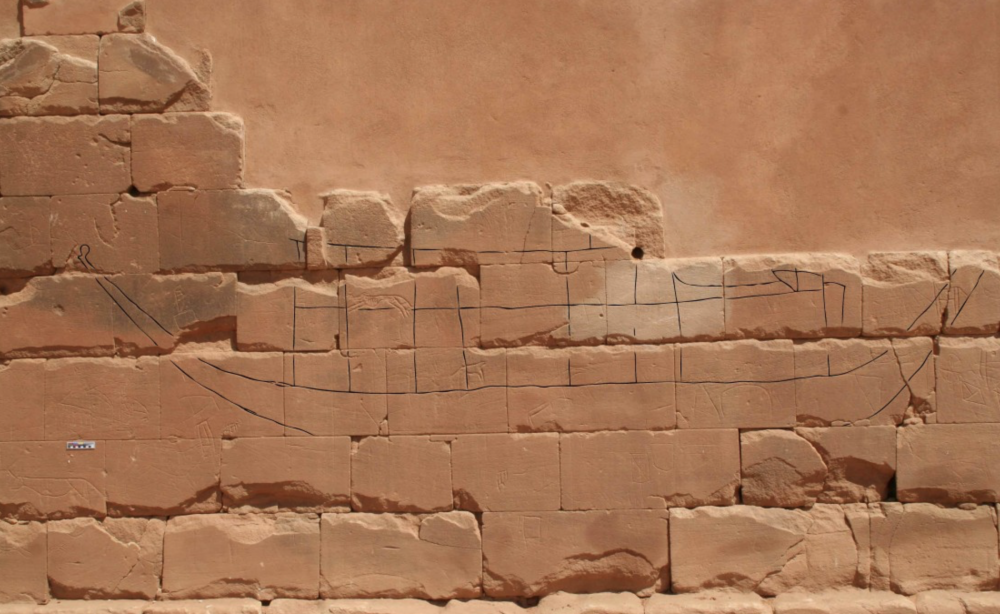
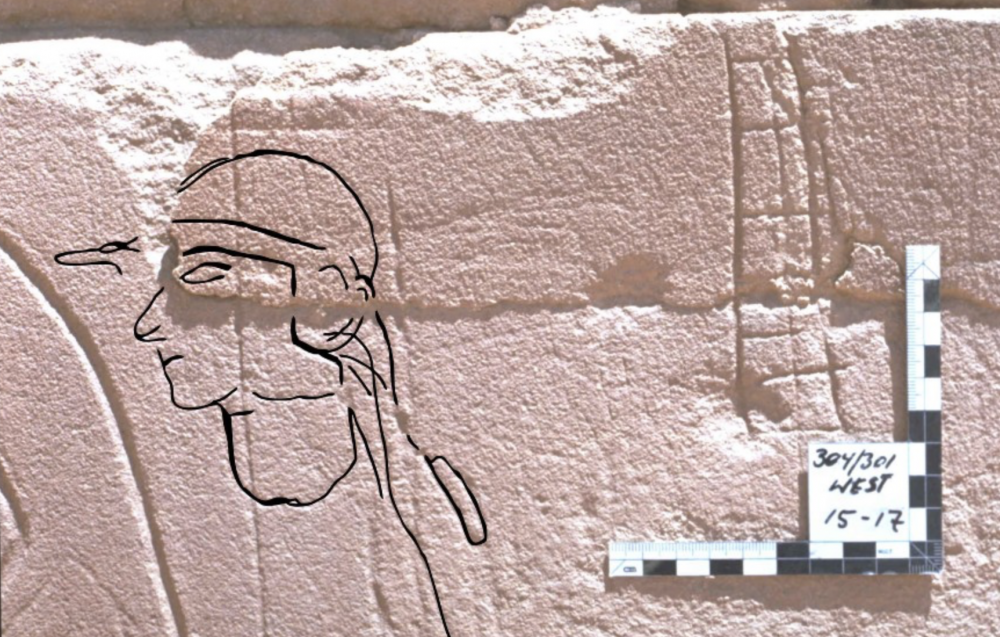
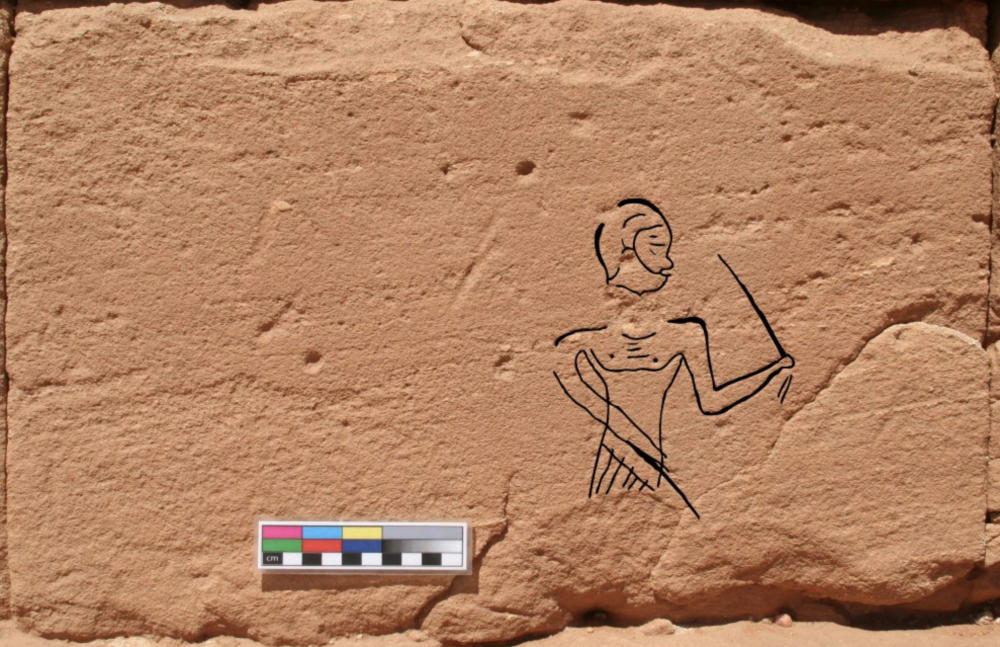
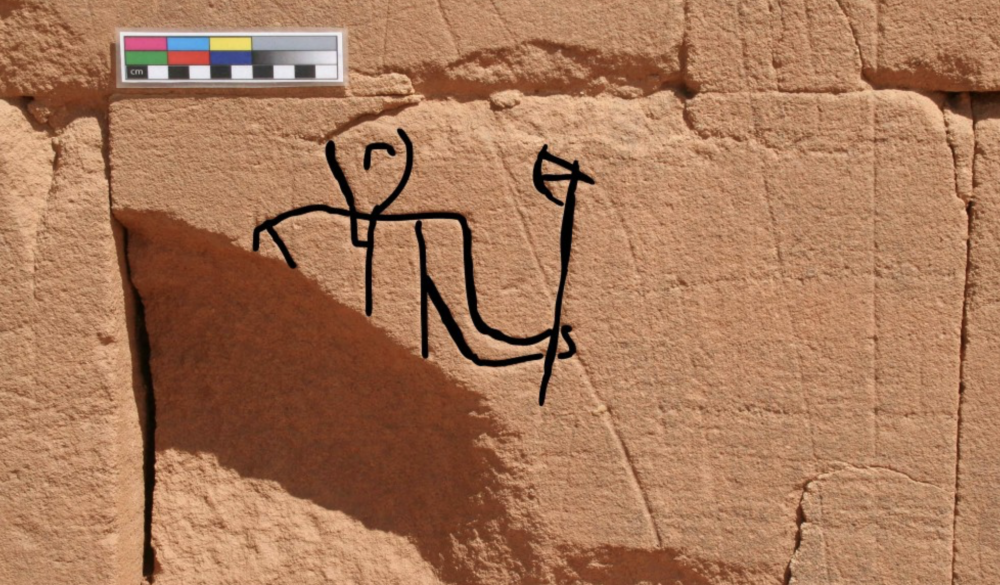
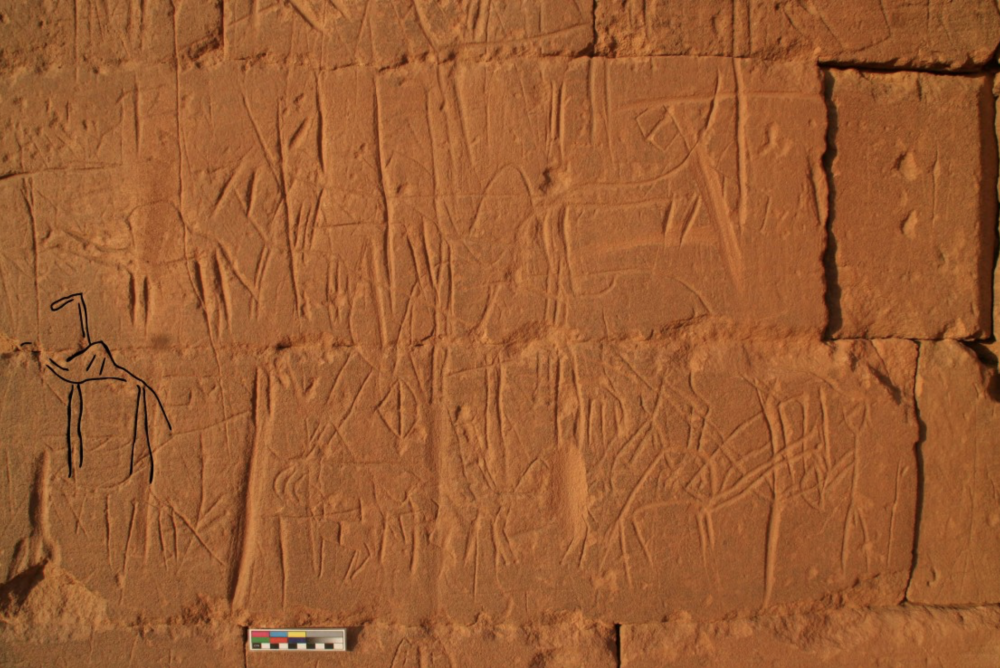
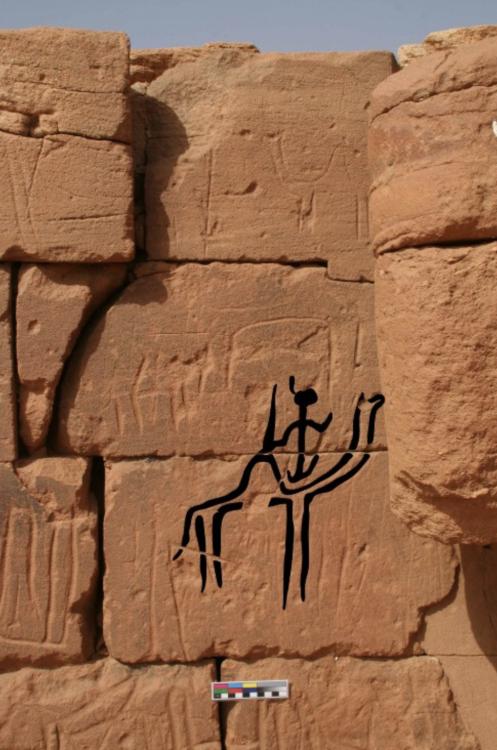
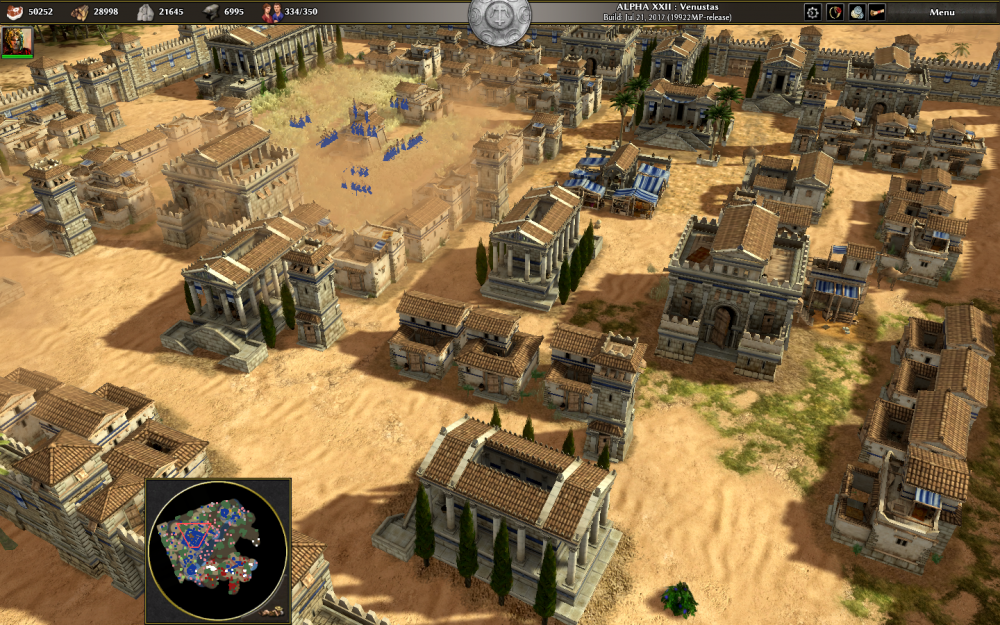
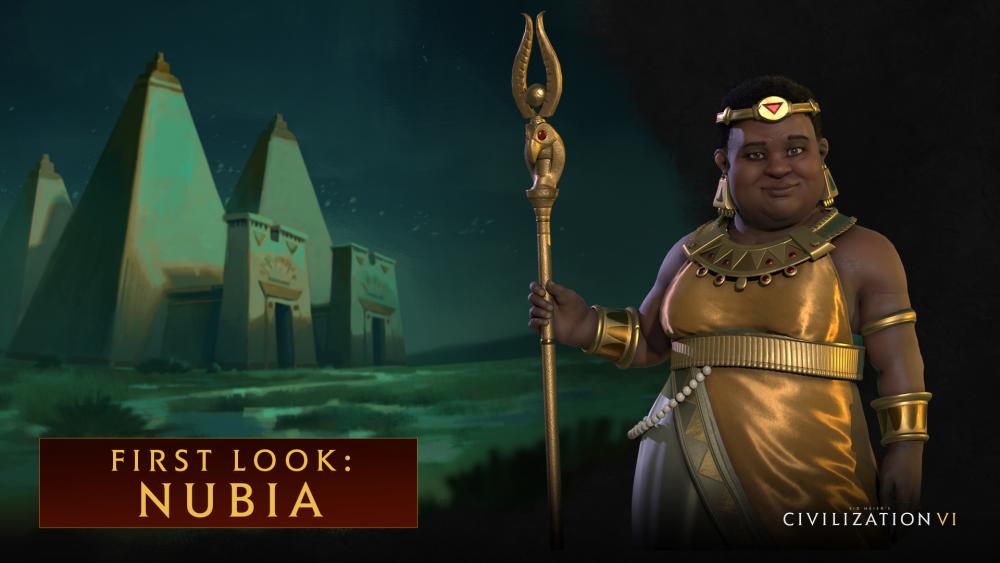
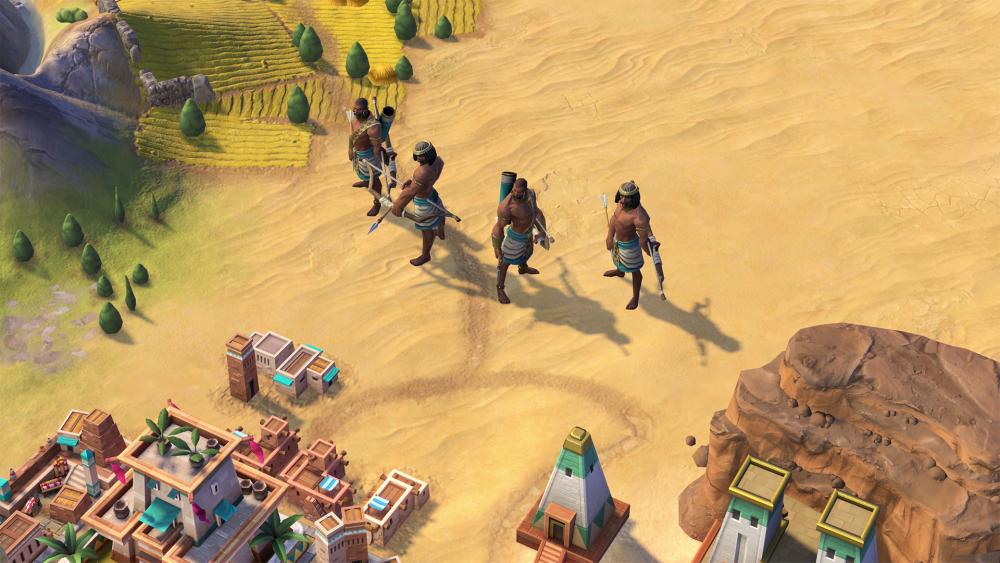
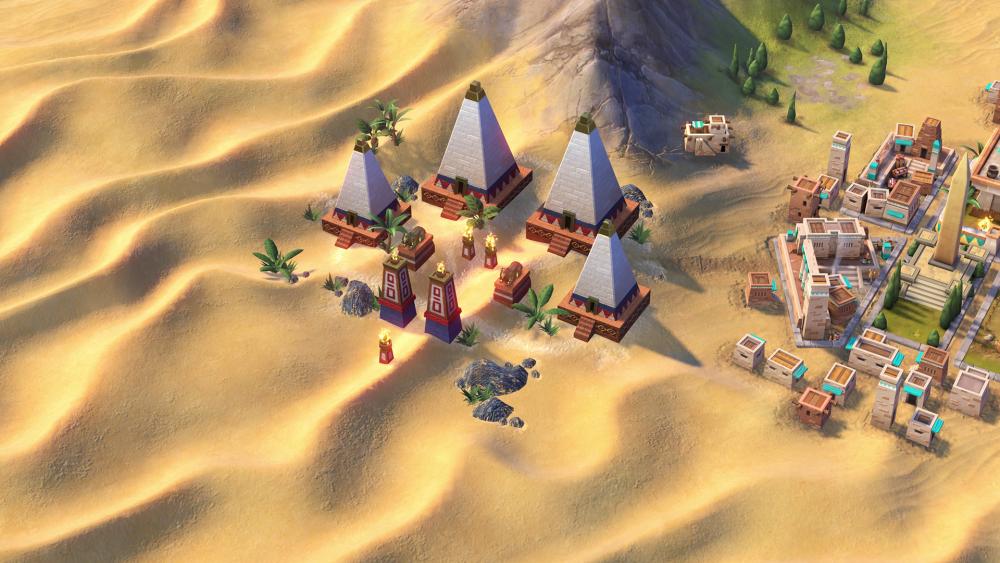
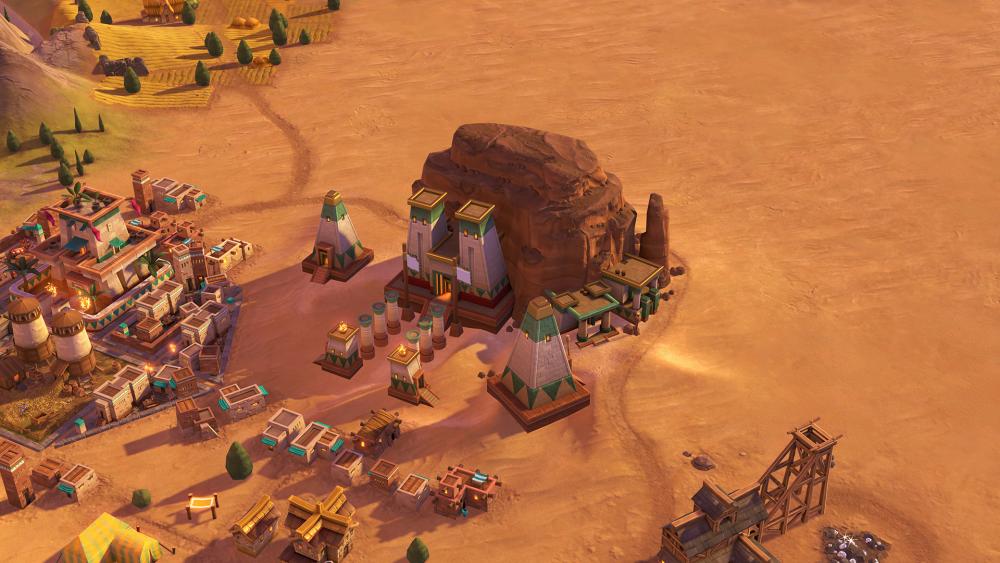

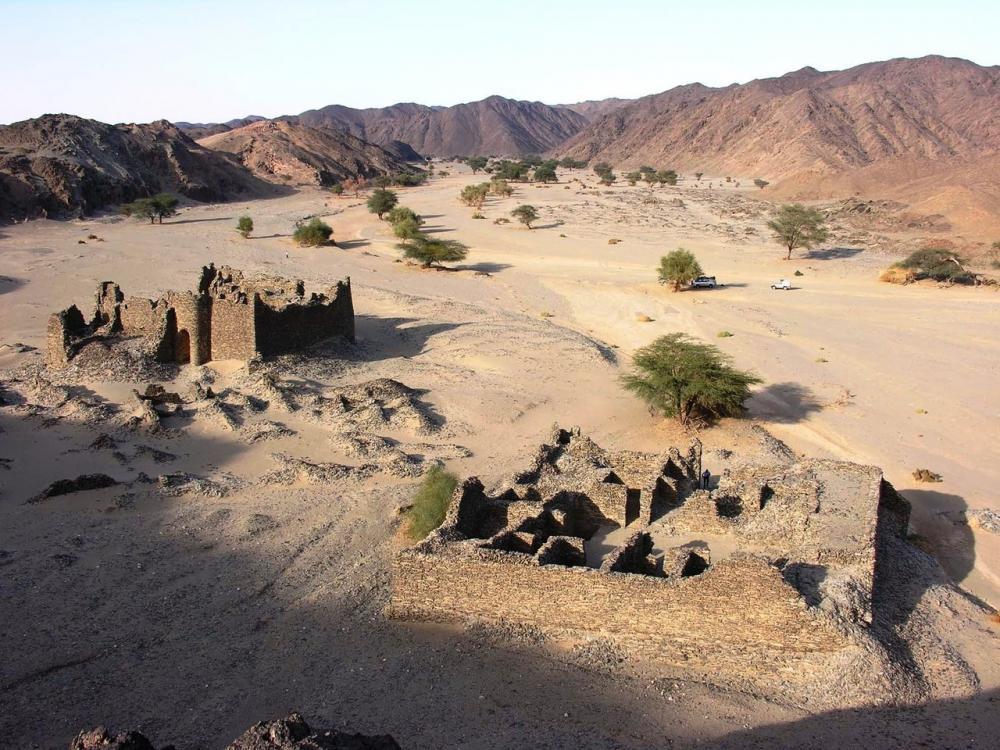
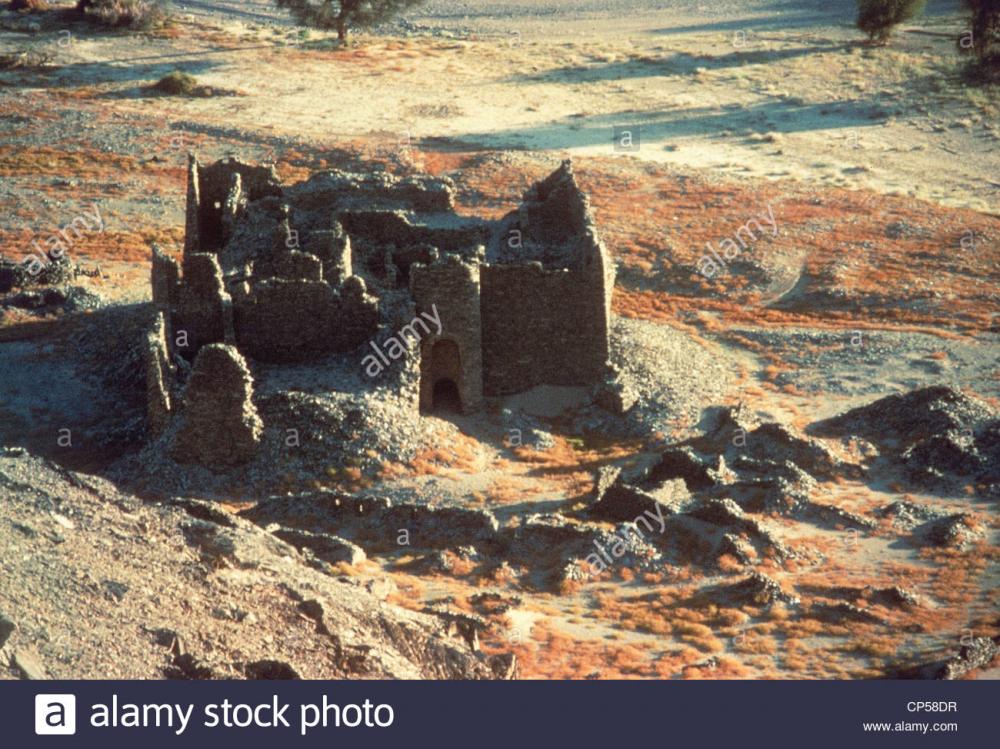
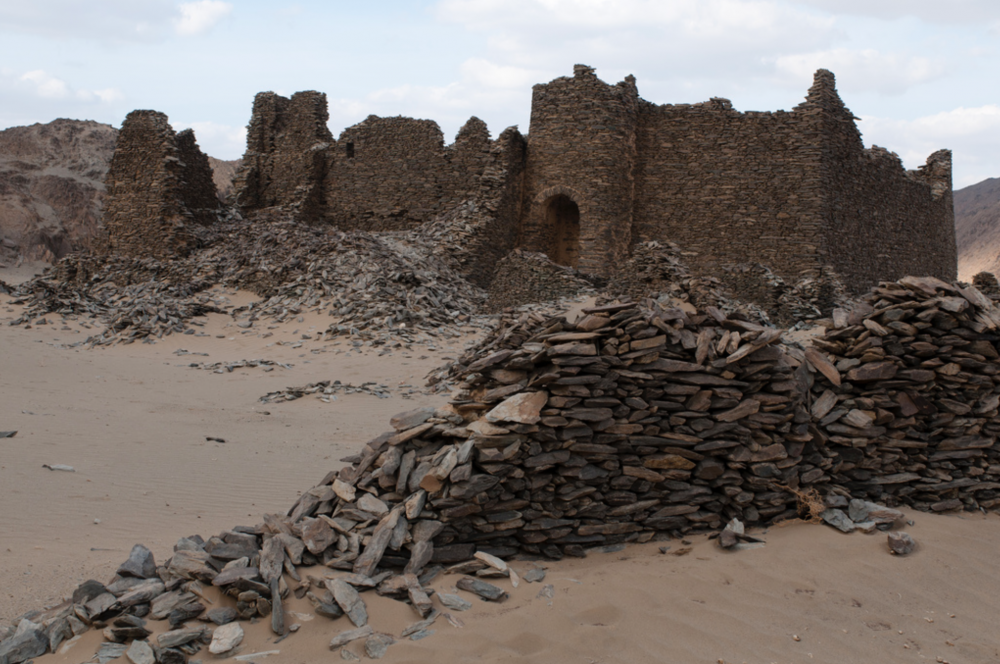
The Kingdom of Kush: A proper introduction [Illustrated]
in Official tasks
Posted · Edited by Sundiata
The Kingdom of Kush: A Kingdom of Bronze!
Boston Museum of Fine Arts collection
This is the second, in a series of selected Kushite artefacts from the Museum of Fine Arts in Boston. The first post of this series, can be seen in A Kingdom of Gold! This time I will highlight a selection of fine Meroitic period bronze objects from Kush, illustrating their age-old craftsmanship in this copper and tin alloy. Bronze was primarily used to create all sorts of vessels, like cups, bowls, vases and kettles, as wel as a large variety of other house-hold objects like mirrors, eating utensils, and even weapons, statues and other decorations. Bronze had been used by the Kushites since the third millennium BC during the Kerma period, and continued to be used well past the decline of Meroitic Kush. As with their gold-working, Kushite metallurgical skills are clearly demonstrated in this selection of bronze objects.
Meroitic period Bronze from Kush:
Bronze cups and bowls
Bronze vessels
Bronze kettle, cup with spout and broad-rimmed cup with broken handle
Bronze vases, one of which has a female figurine shaped in to the handle
Bronze bells, some of which seem to have been attached to elaborate horse harnesses.
Bronze statuette of a Kushite ruler, a bird and the lid of a kettle with chain still attached
Bronze (and silver?) mirrors. They would have been polished to such a shine you'd see a clear reflection.
On the left is the bronze head of a captive. One a few, found nailed to flag-staffs. If/when a battalion system is implemented in 0AD, this would be useful for the standard bearer. In the middle is a plume holder in the form of a falcon wearing the double crown. On the right is a bronze sheet for a staff.
The source for all Meroitic period, Kushite bronze in the Museum of Fine Arts, Boston:
http://www.mfa.org/search?search_api_views_fulltext=meroitic+bronze